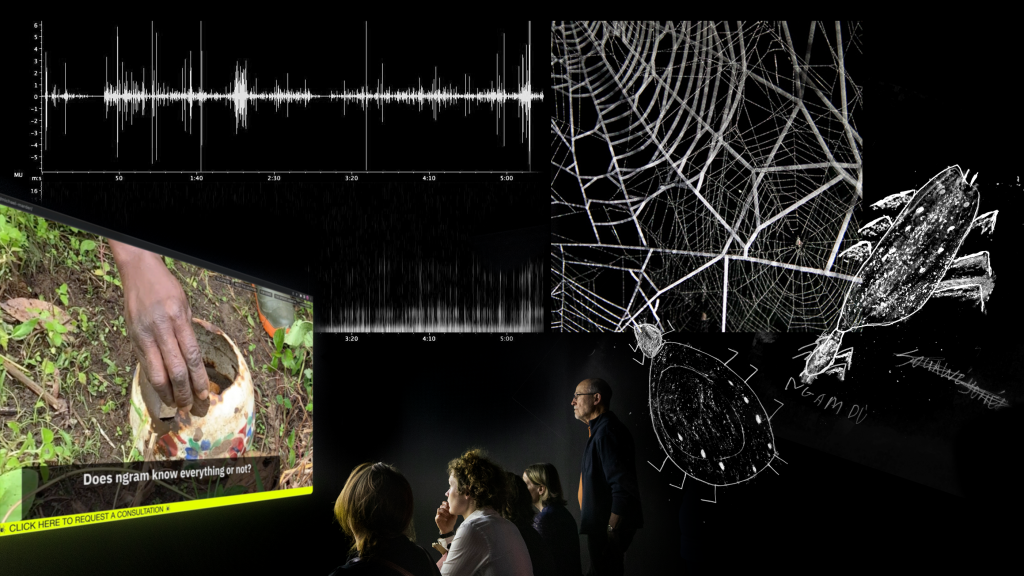

...



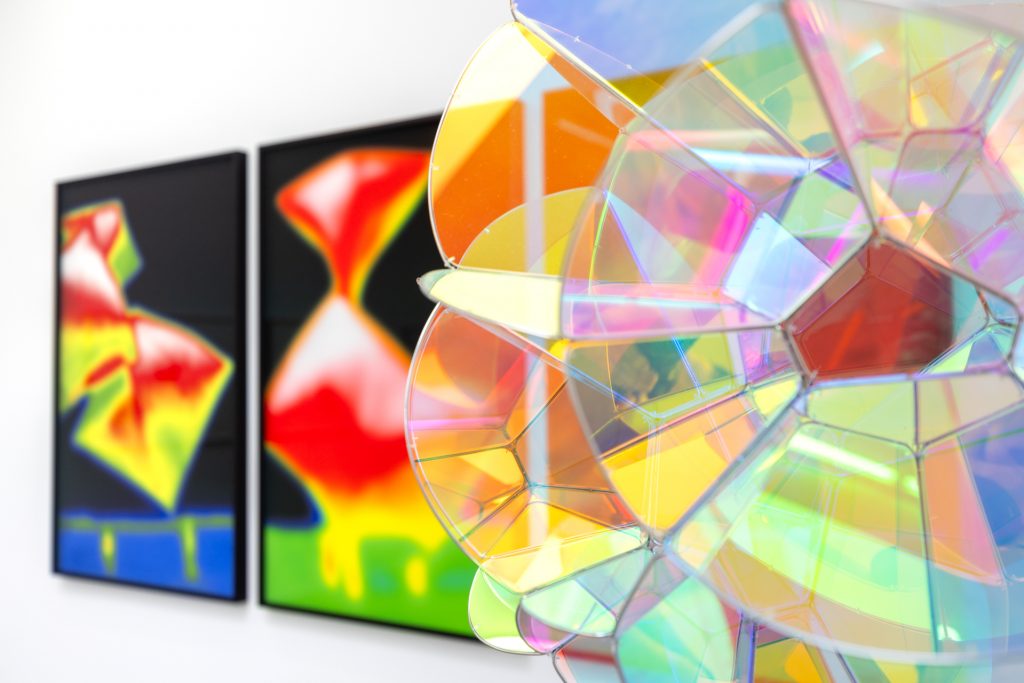

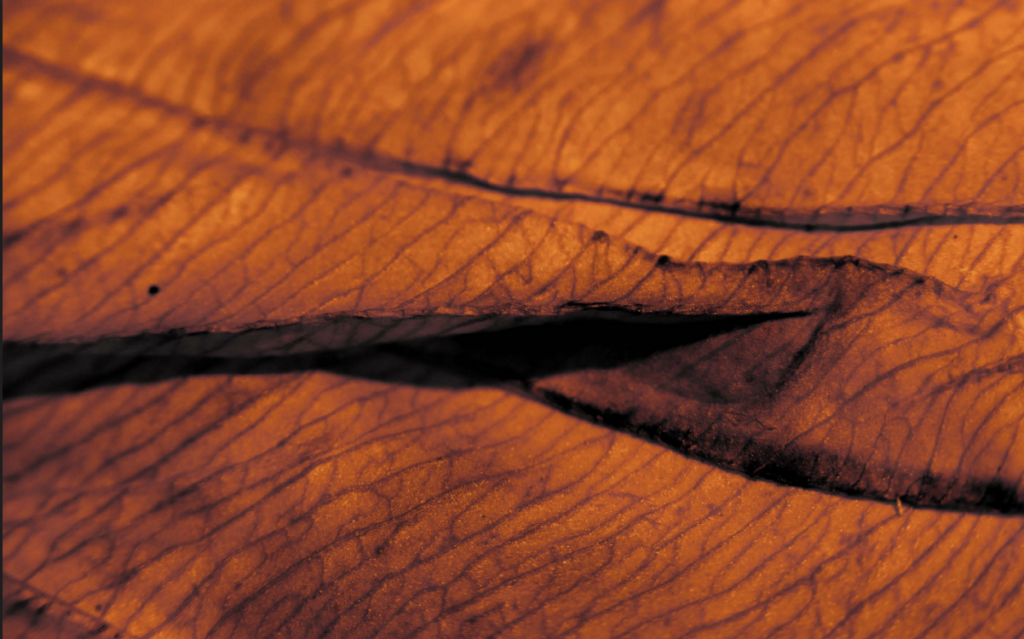
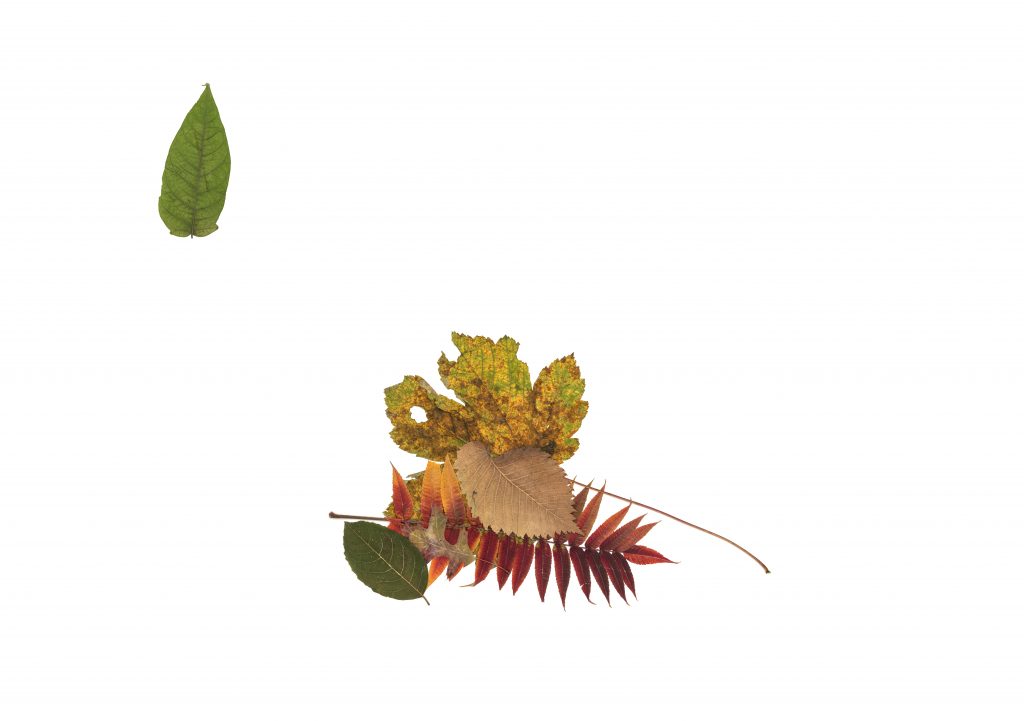
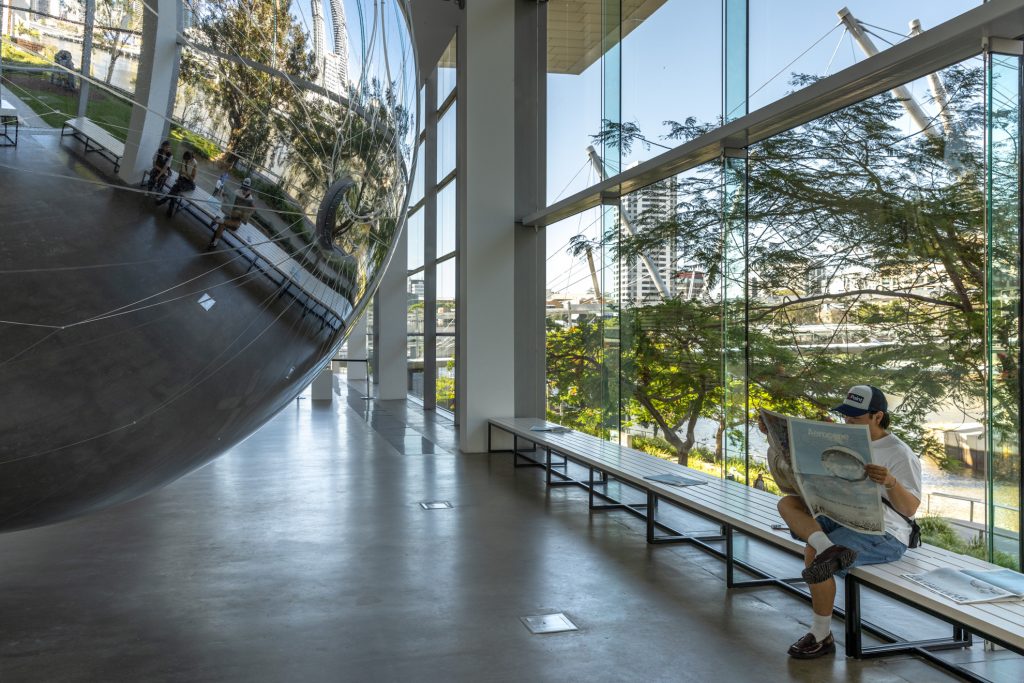
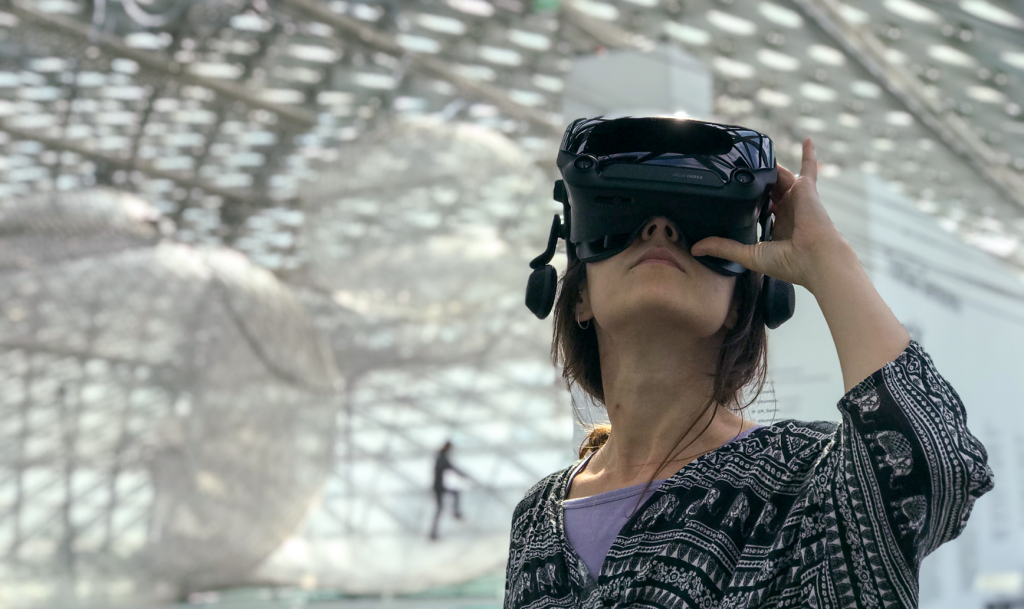

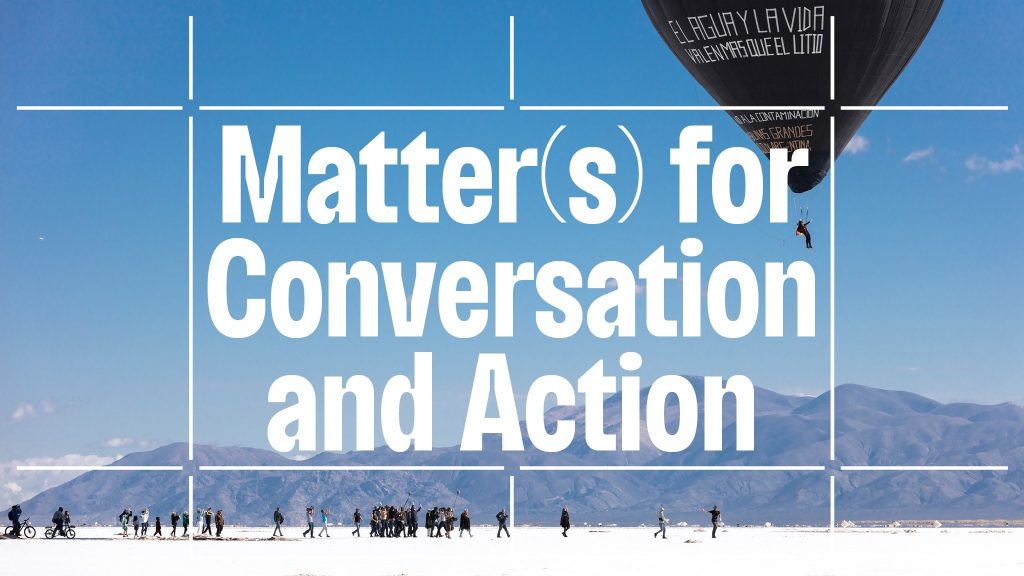
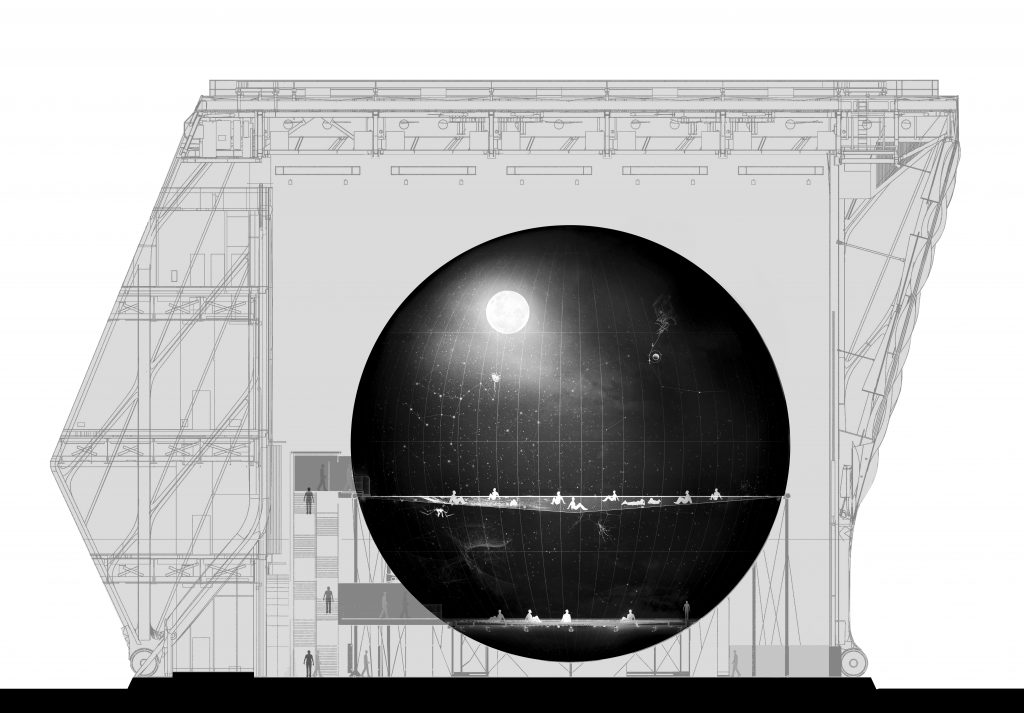

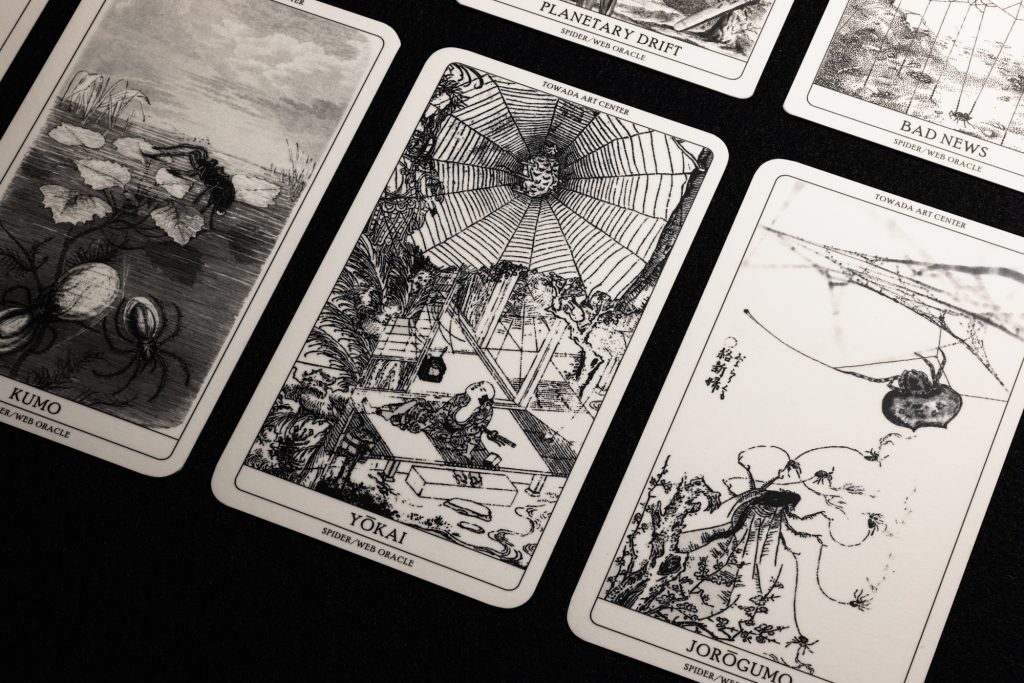


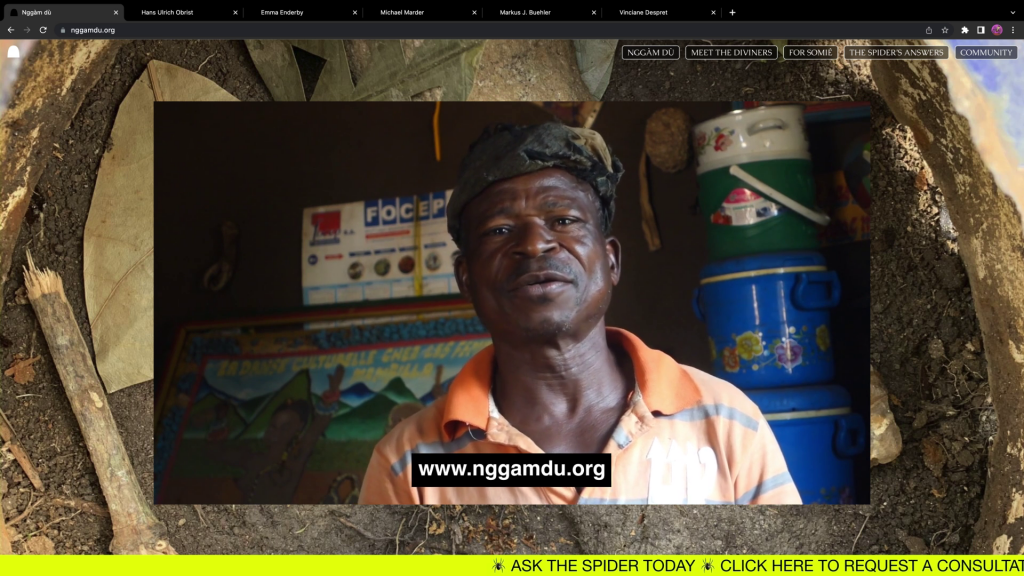


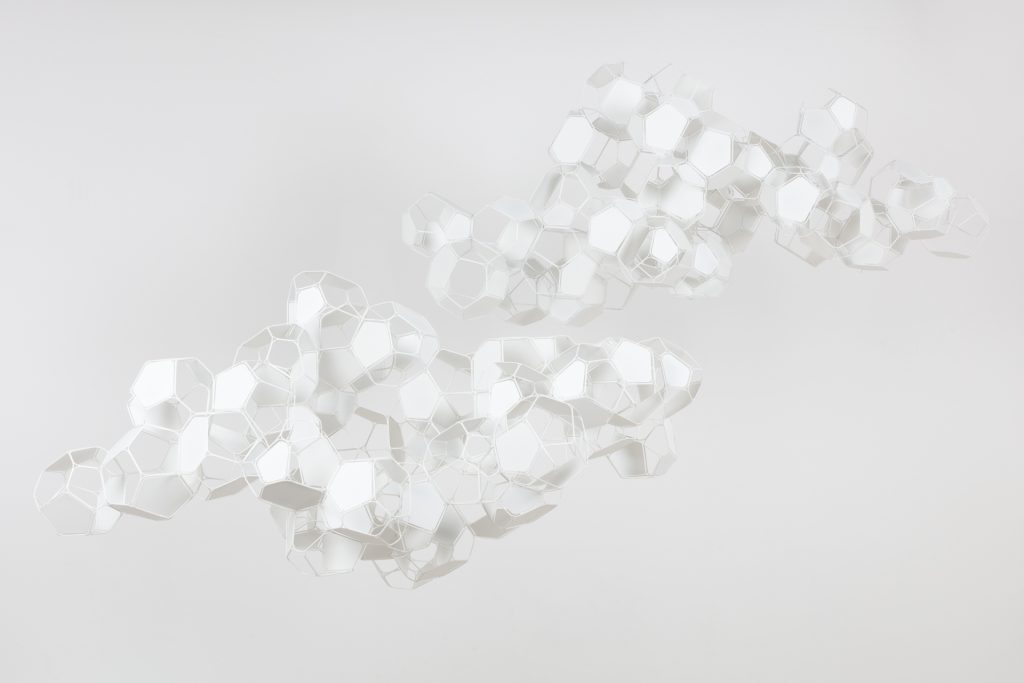
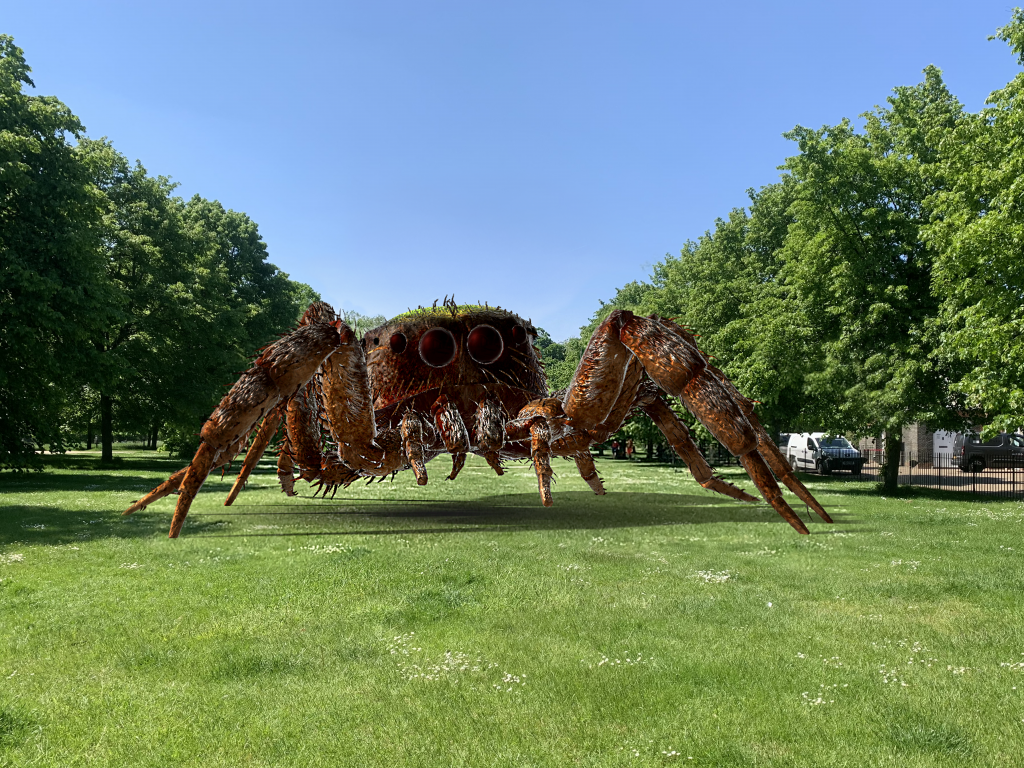
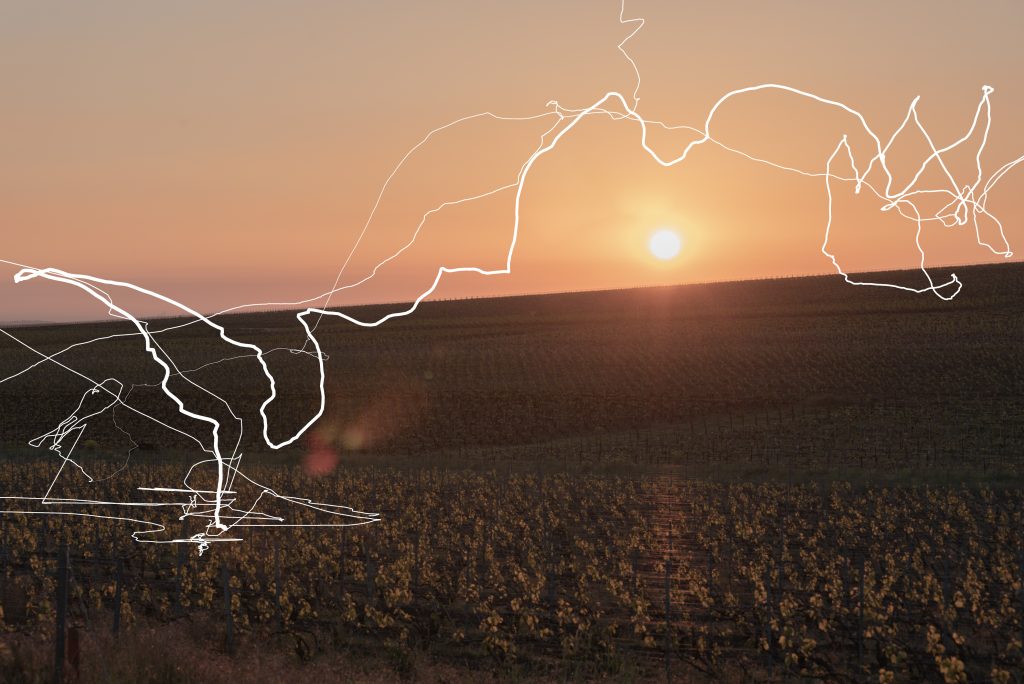
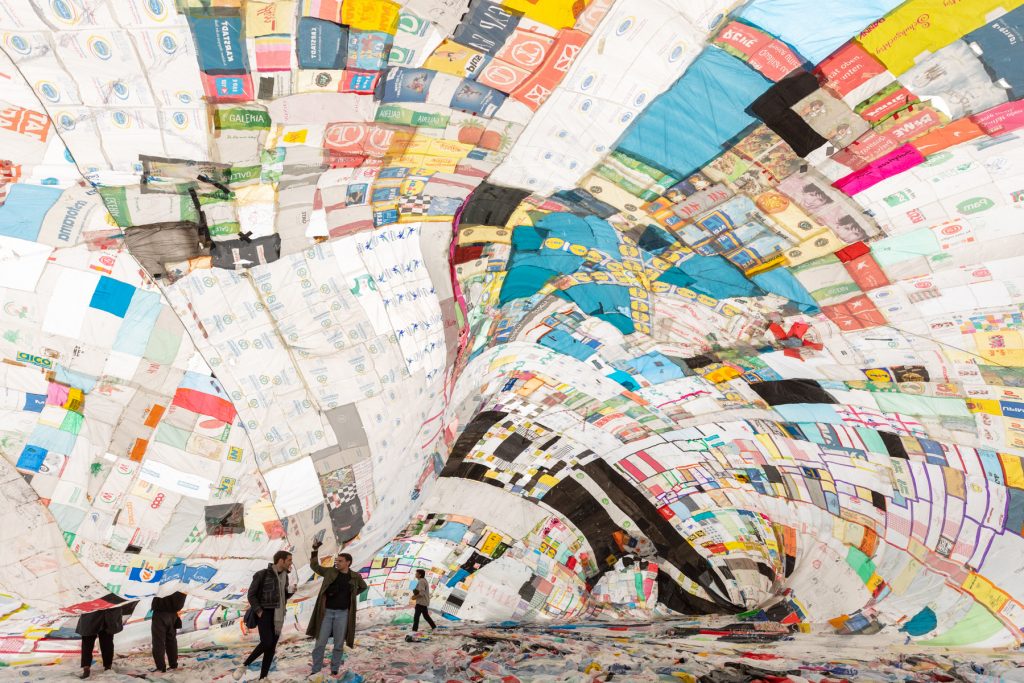
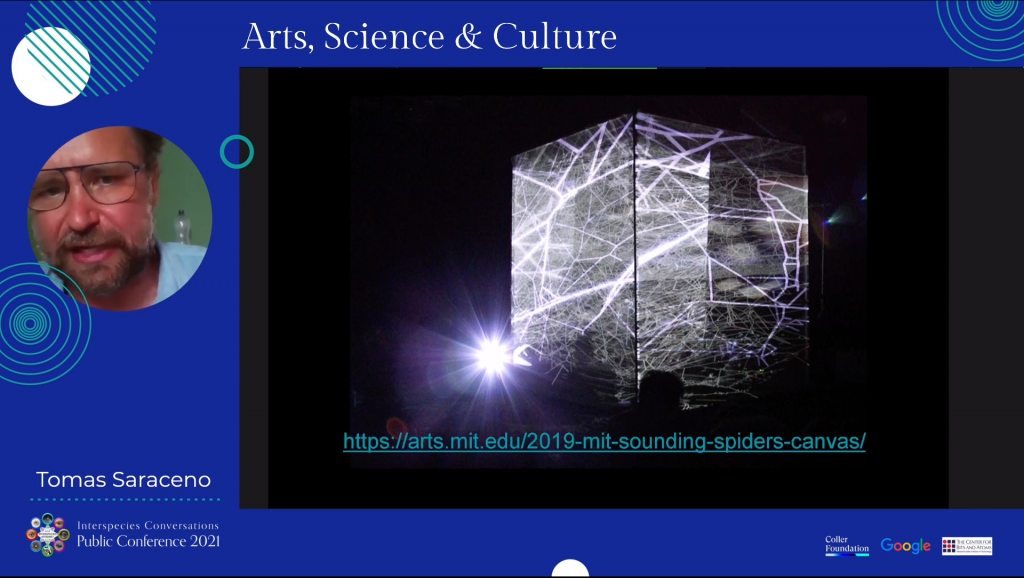



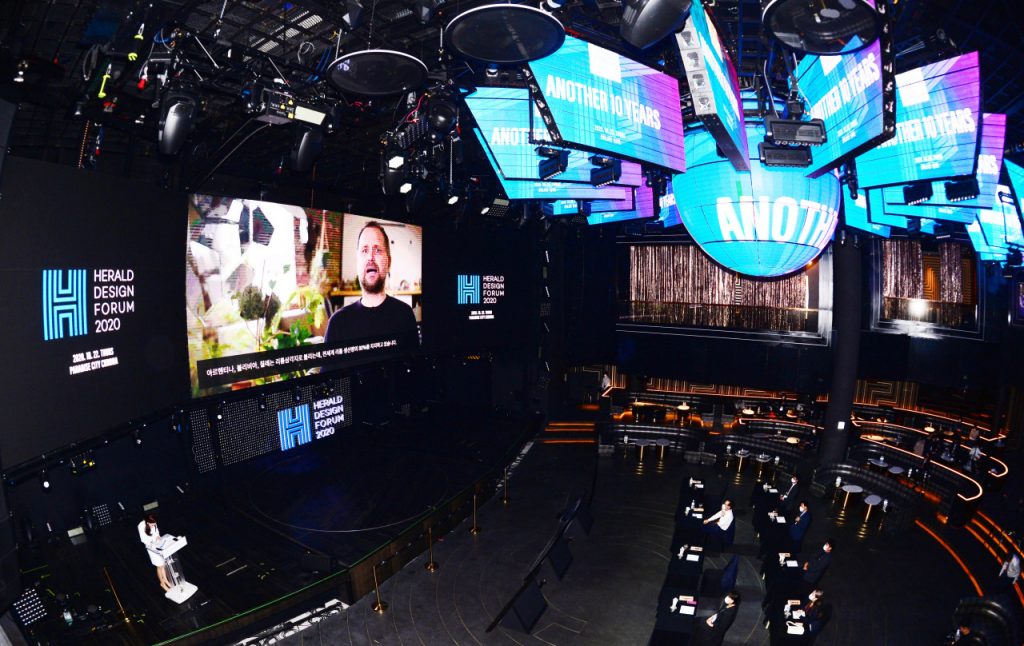
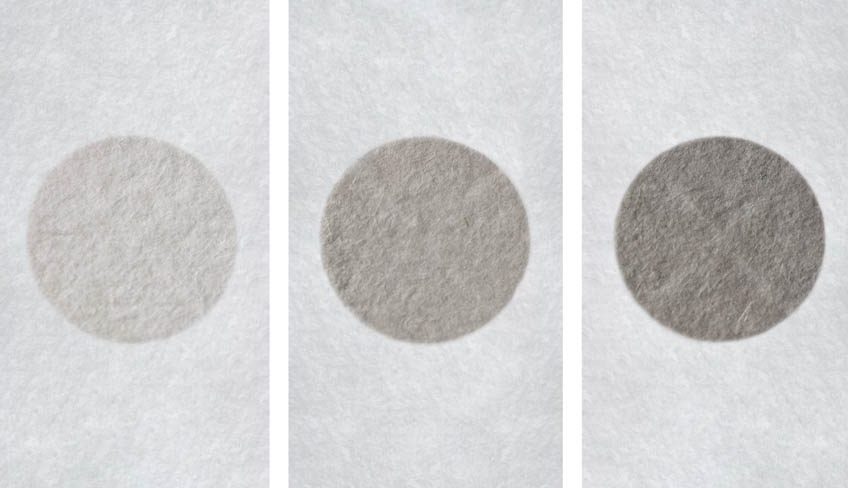

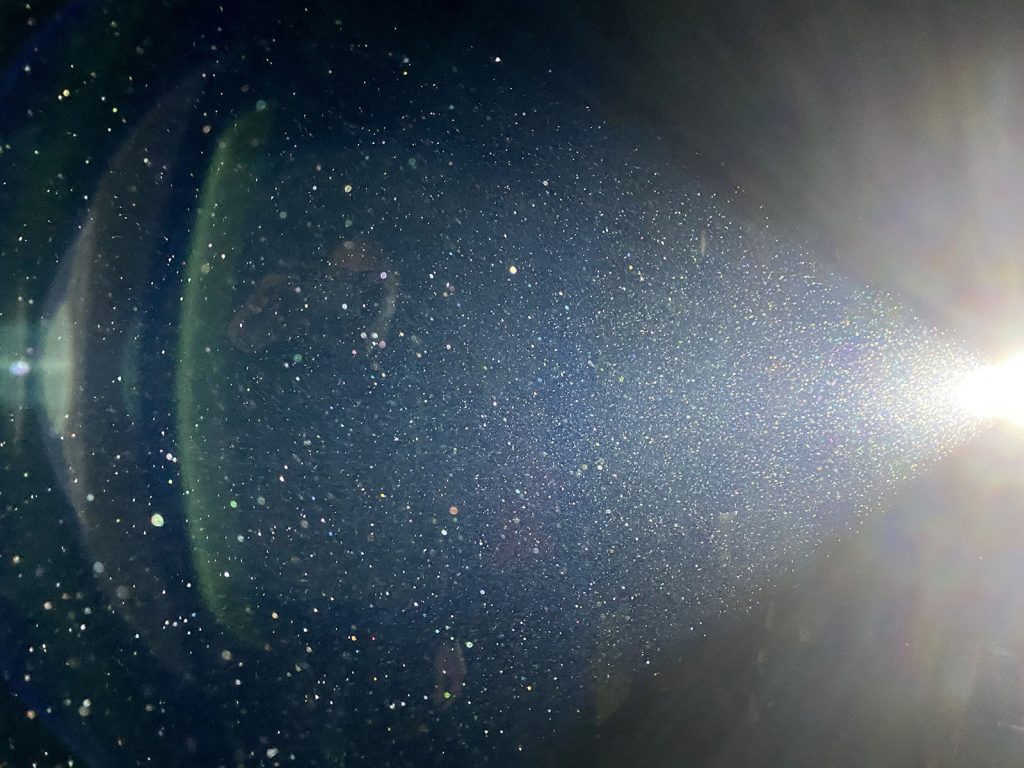
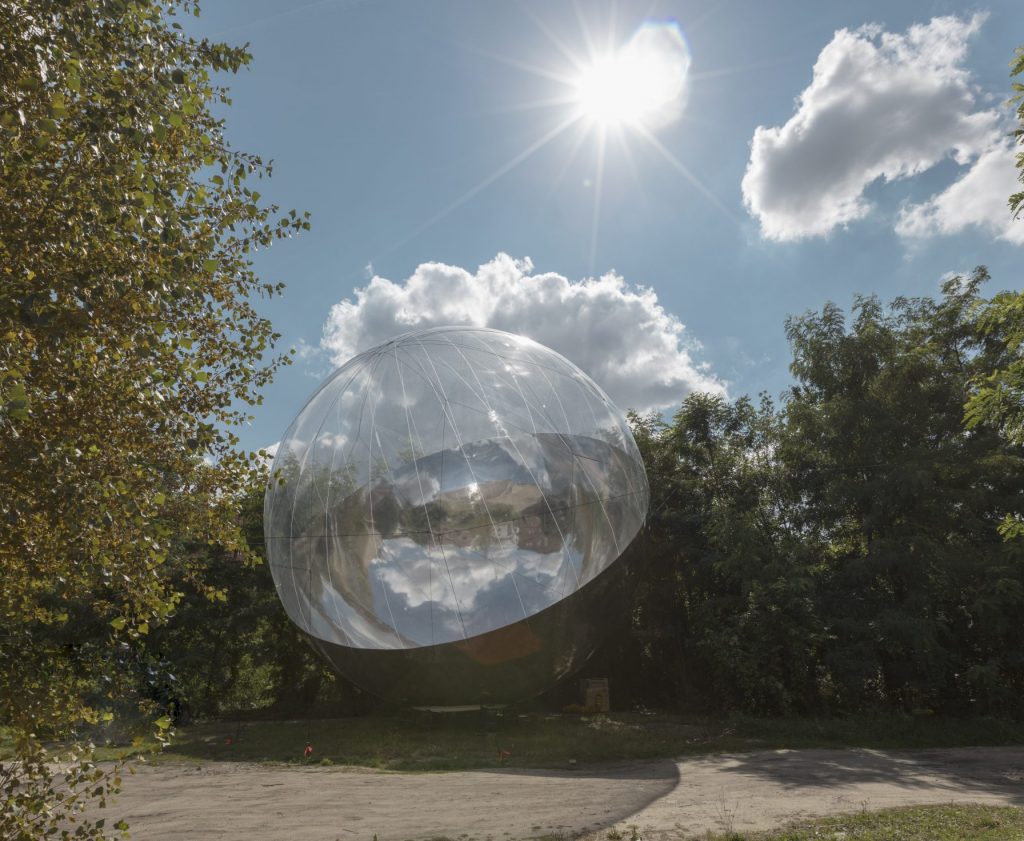
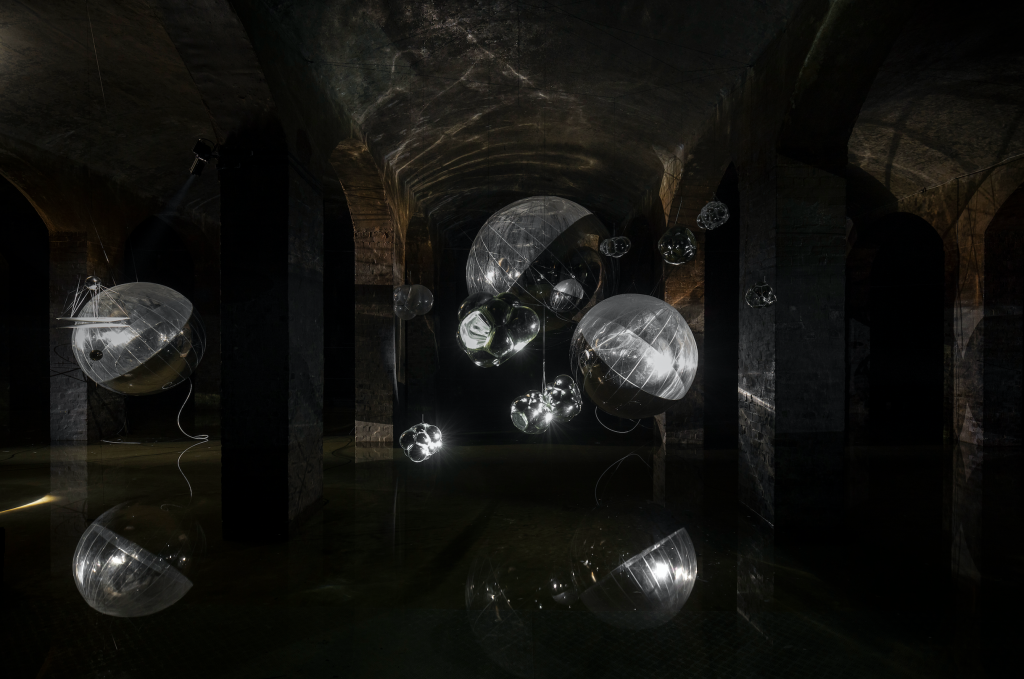
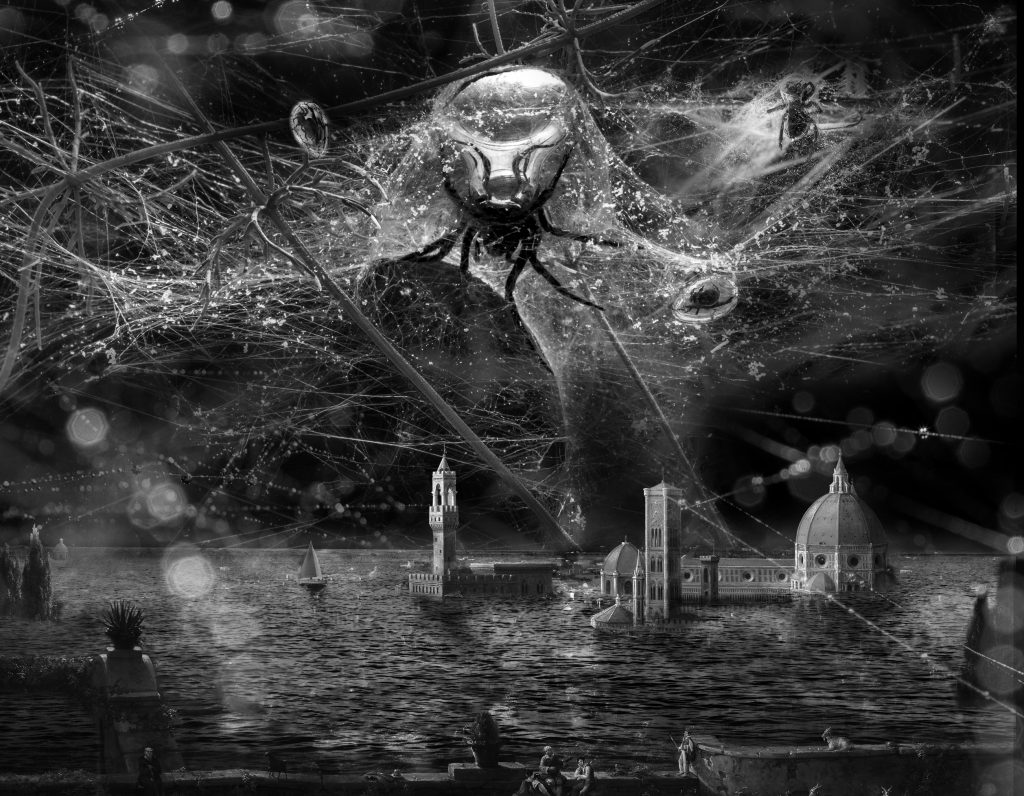
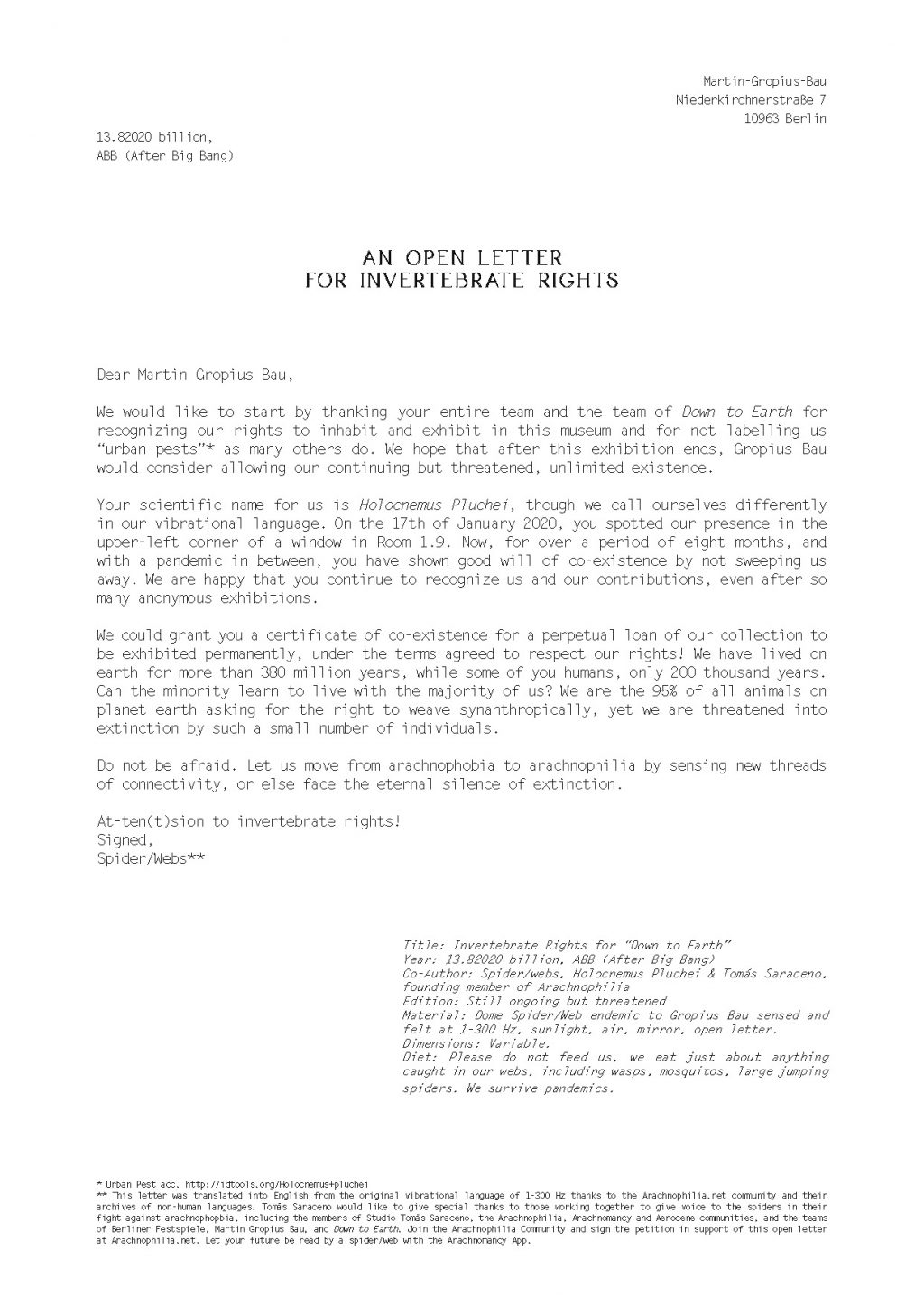

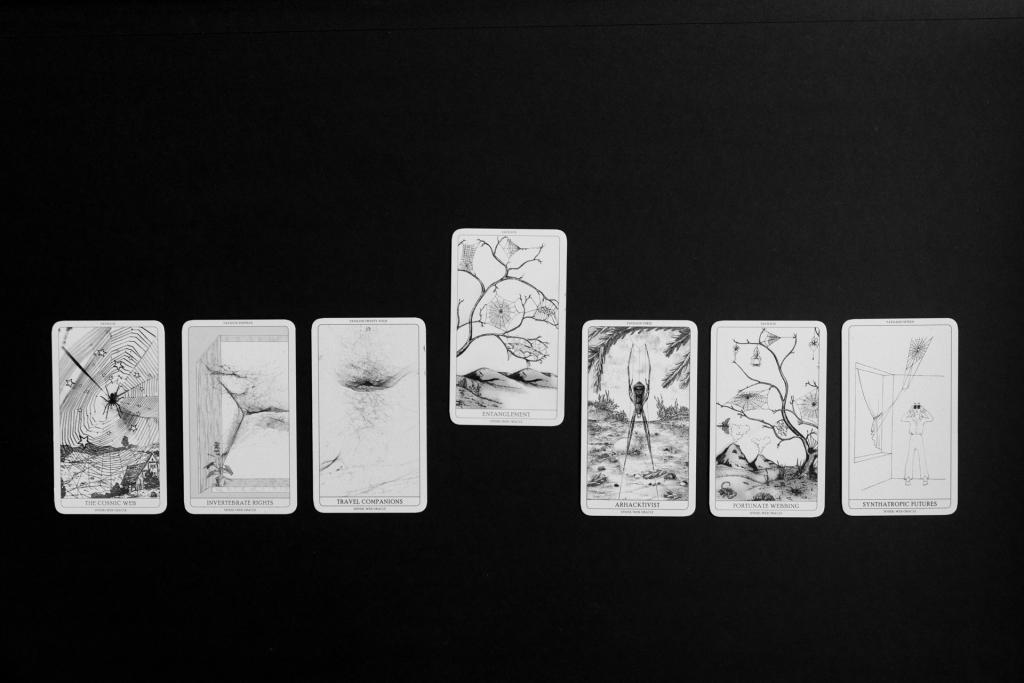

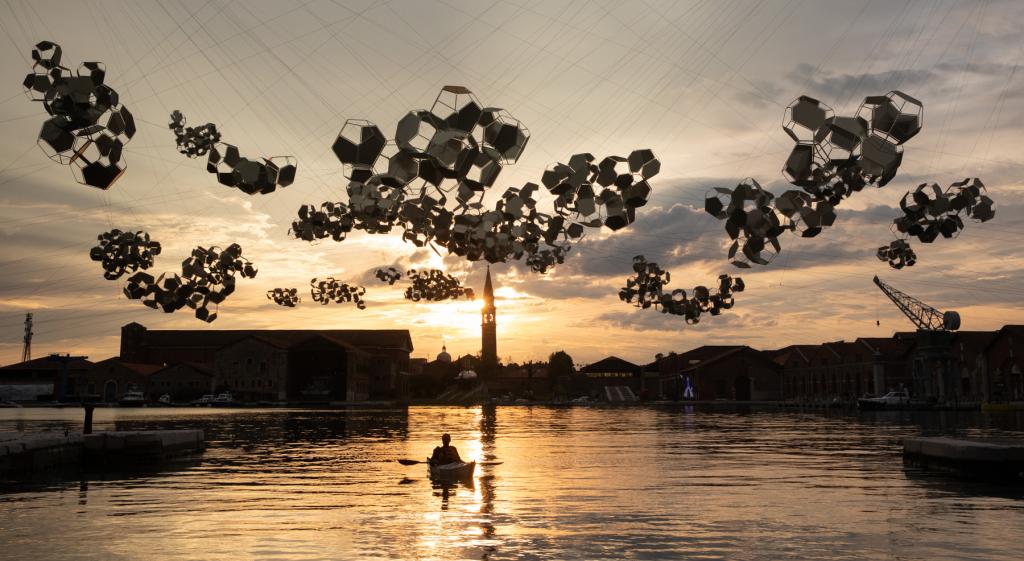
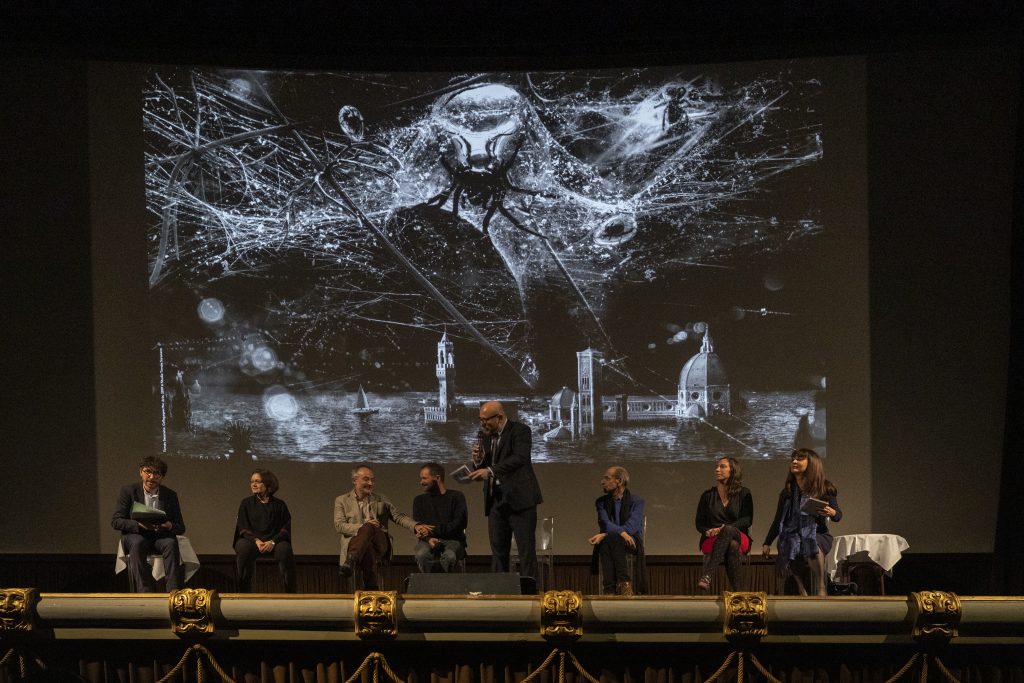
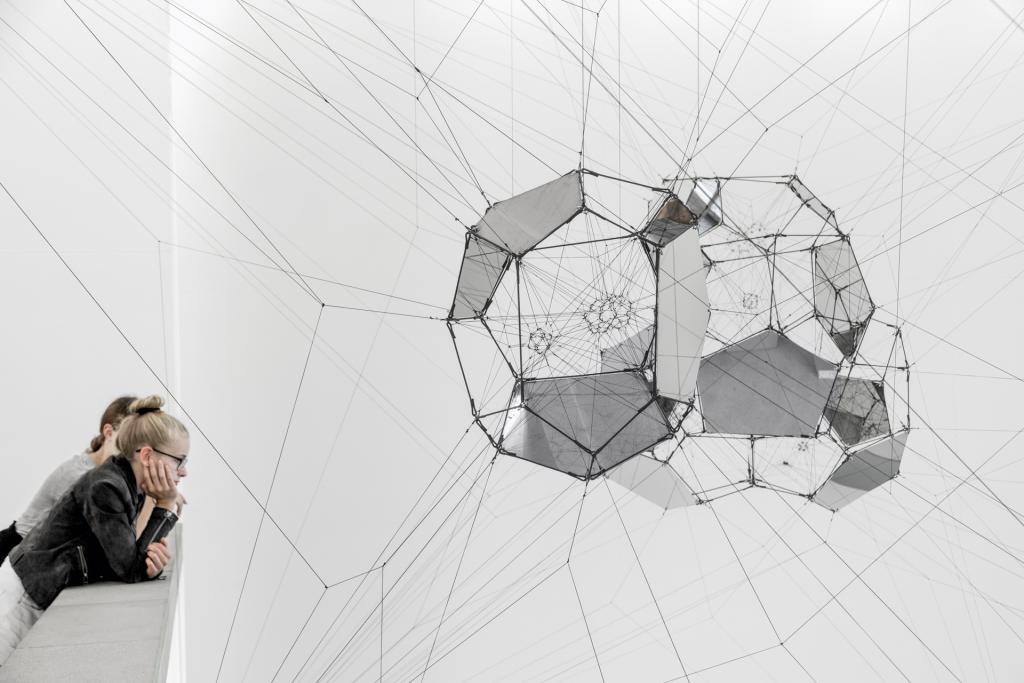
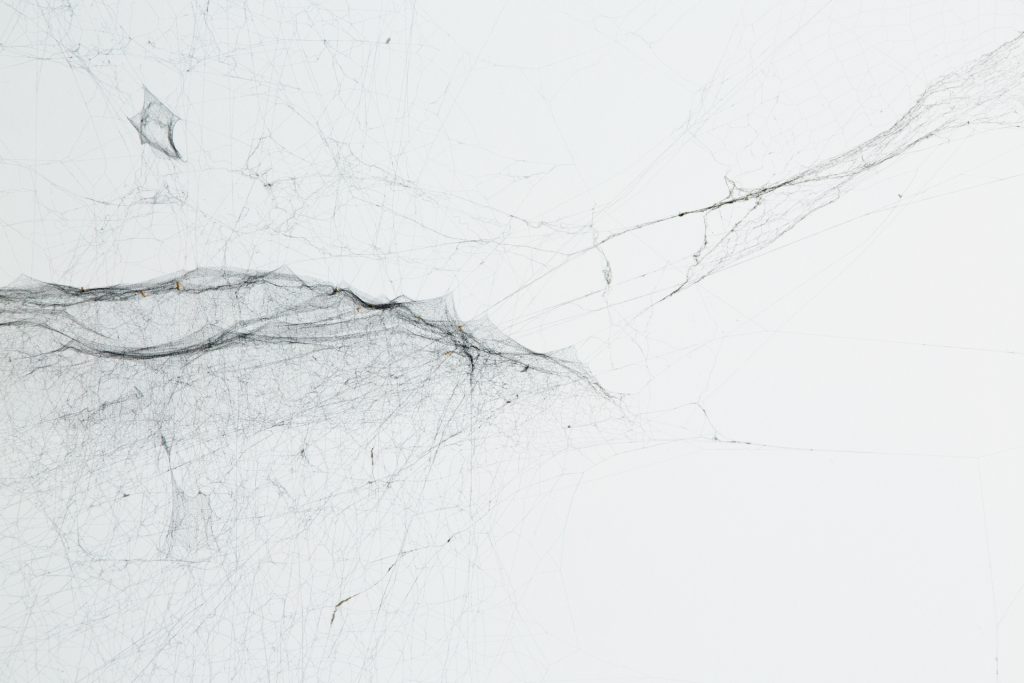
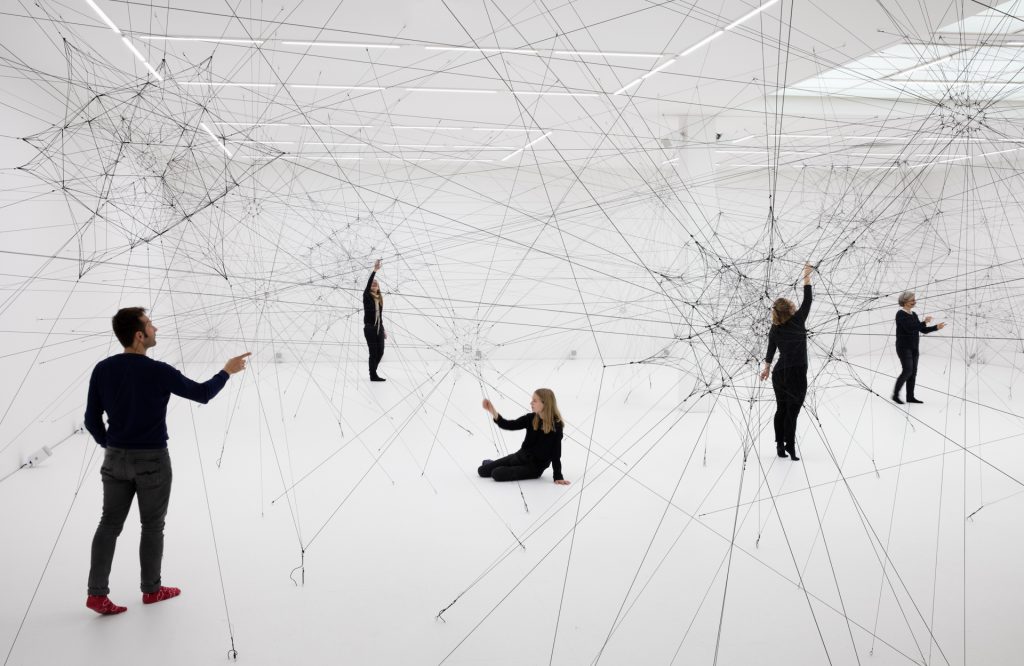
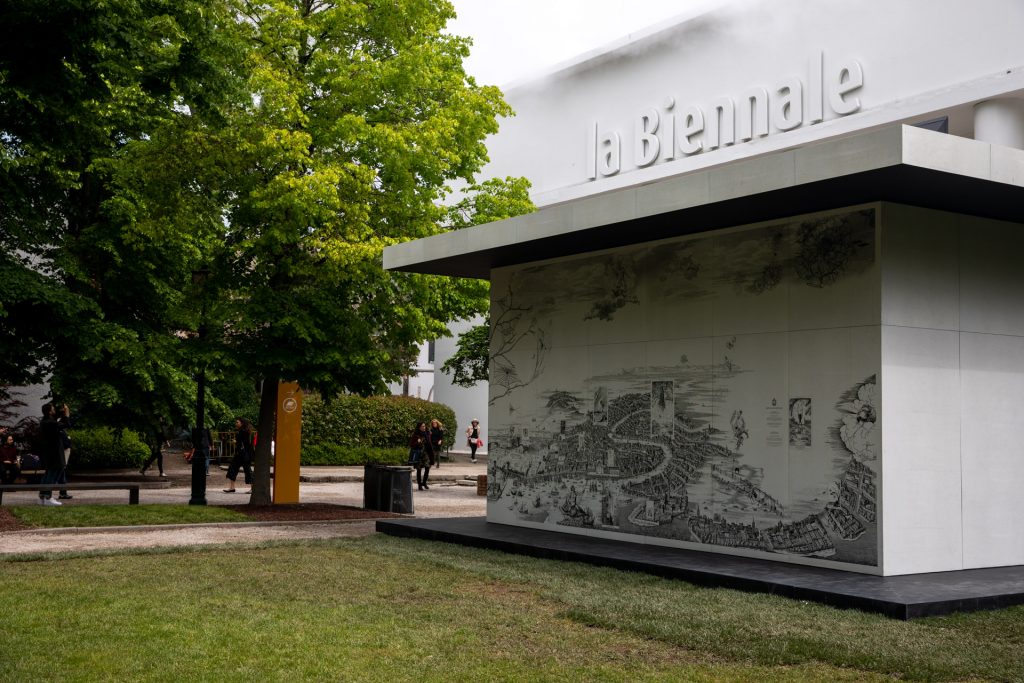
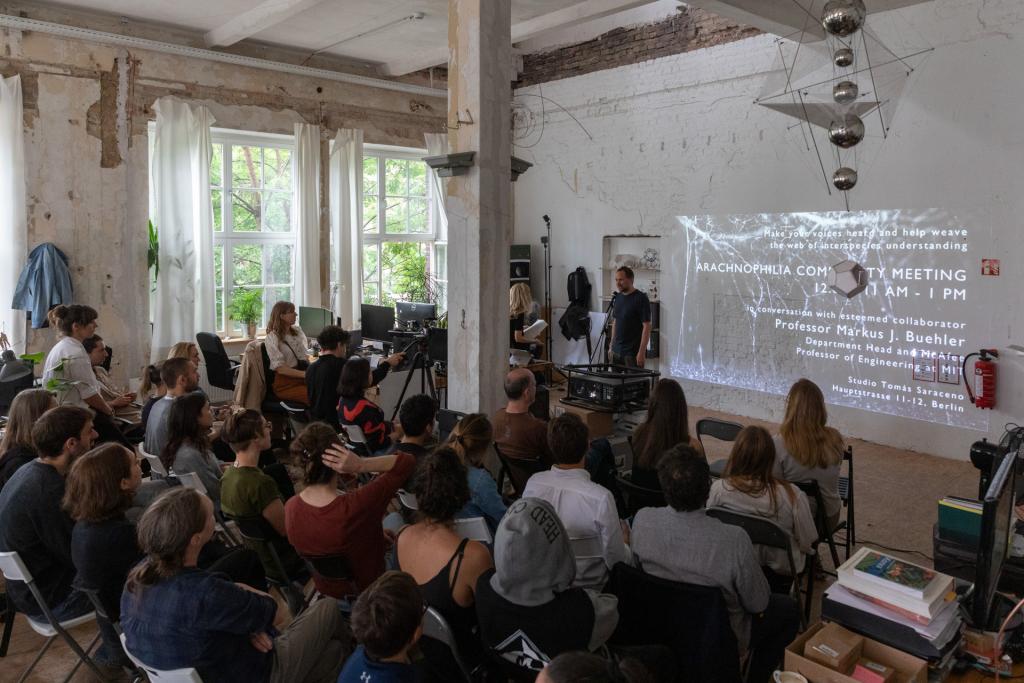
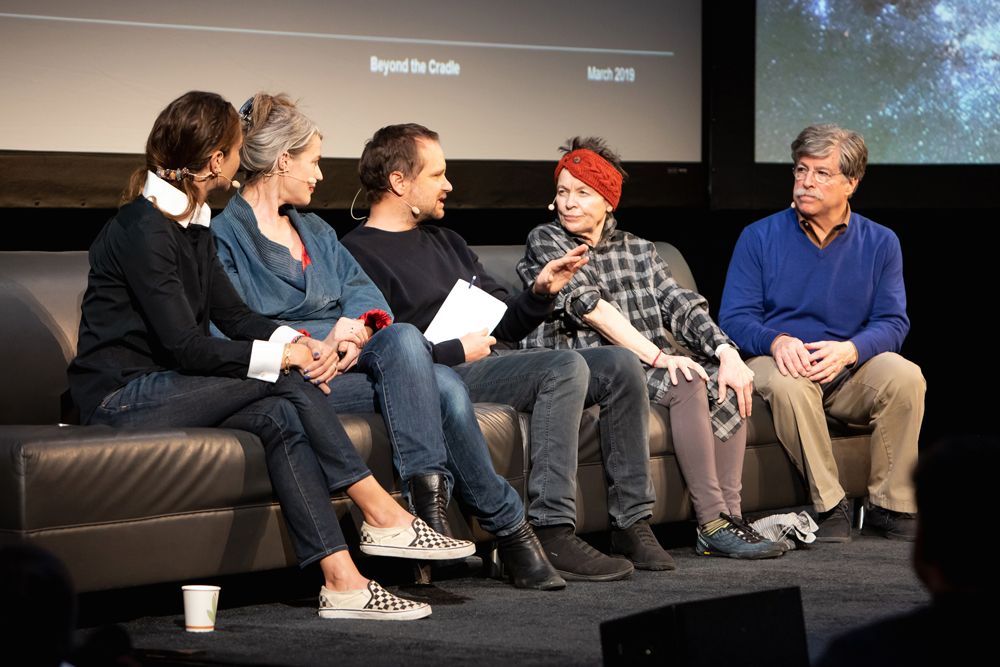

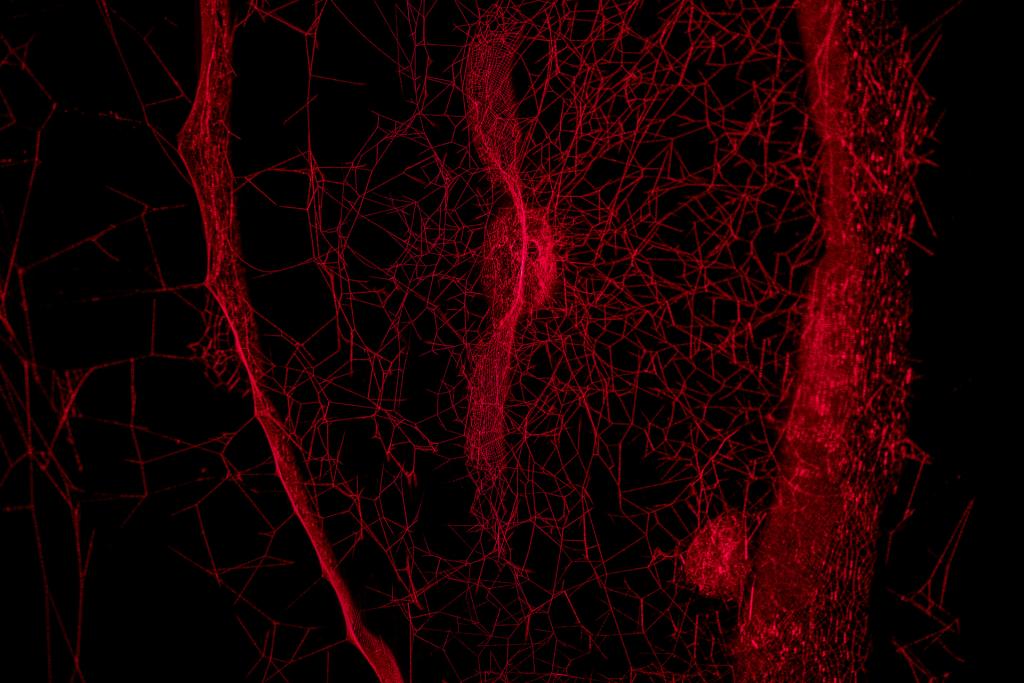
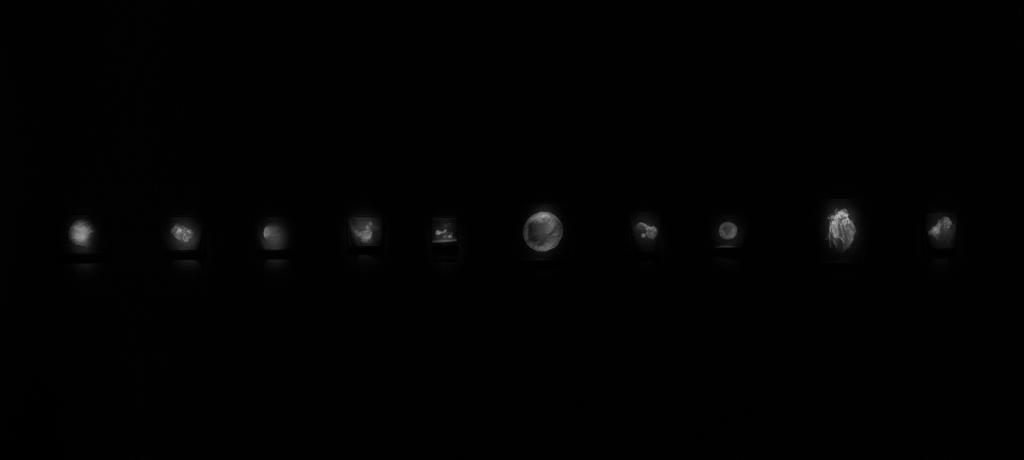

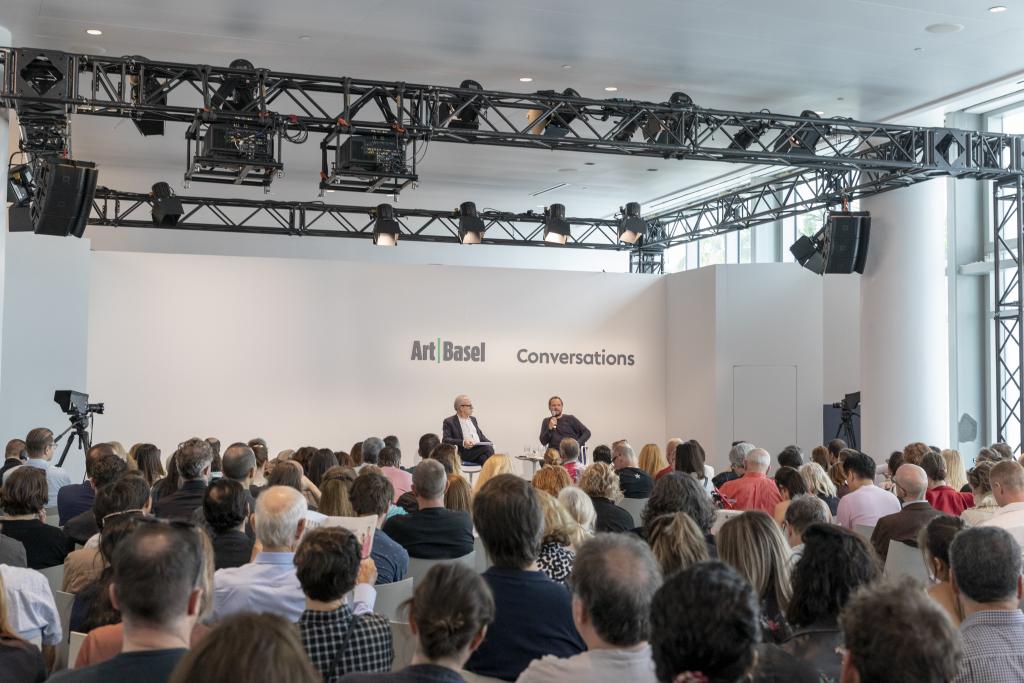
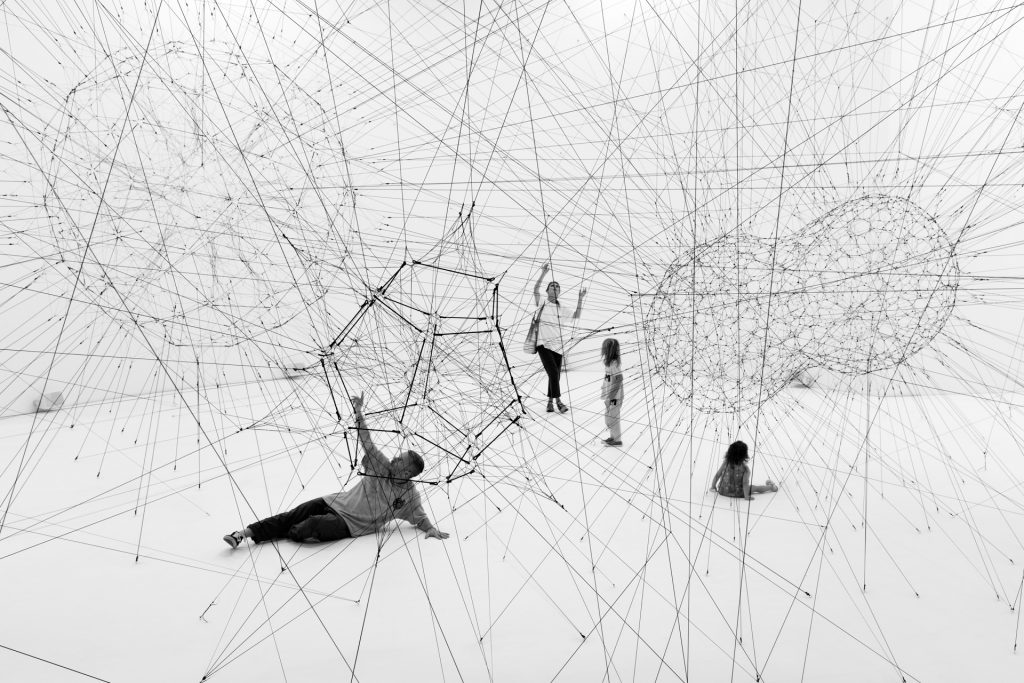
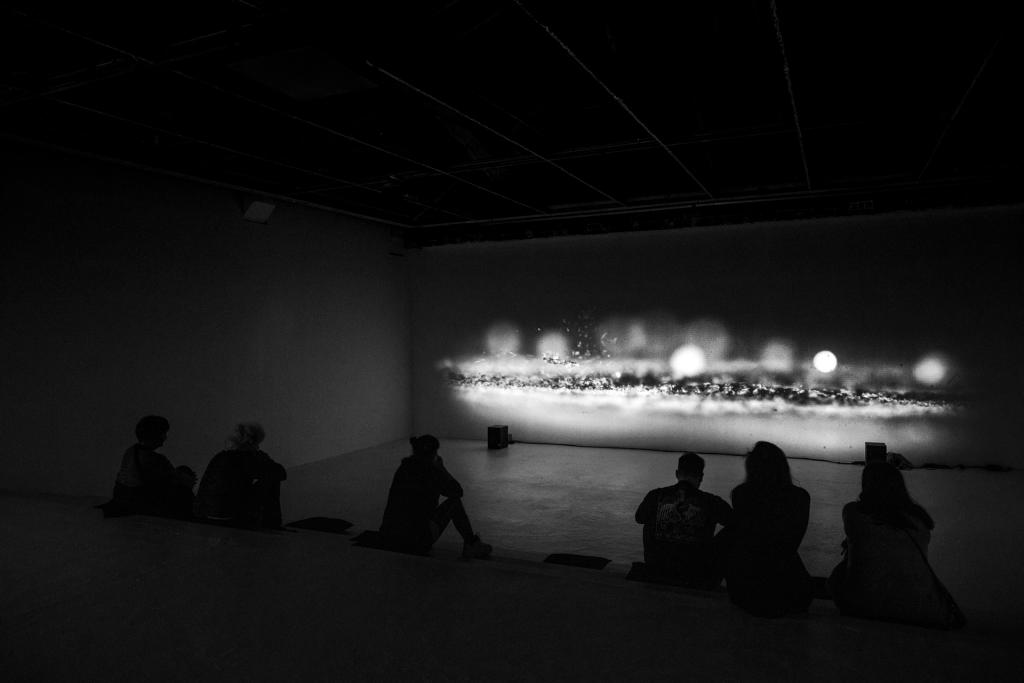
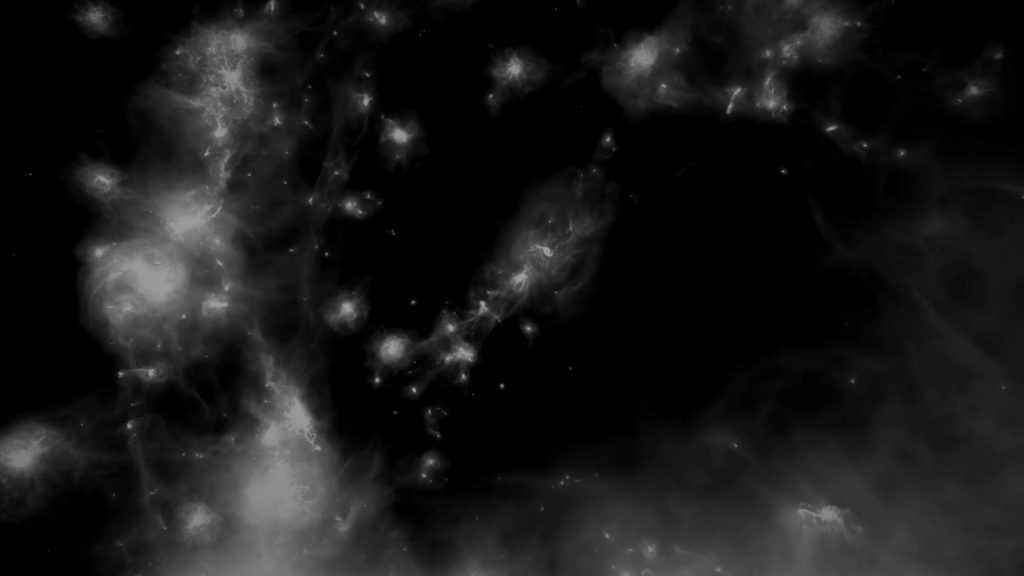
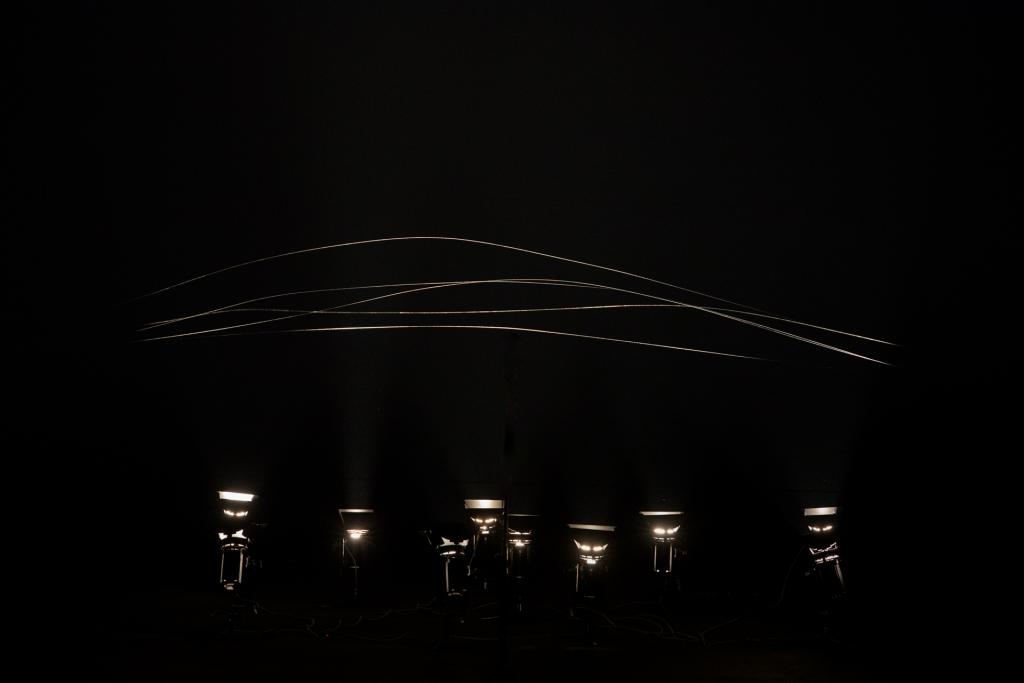
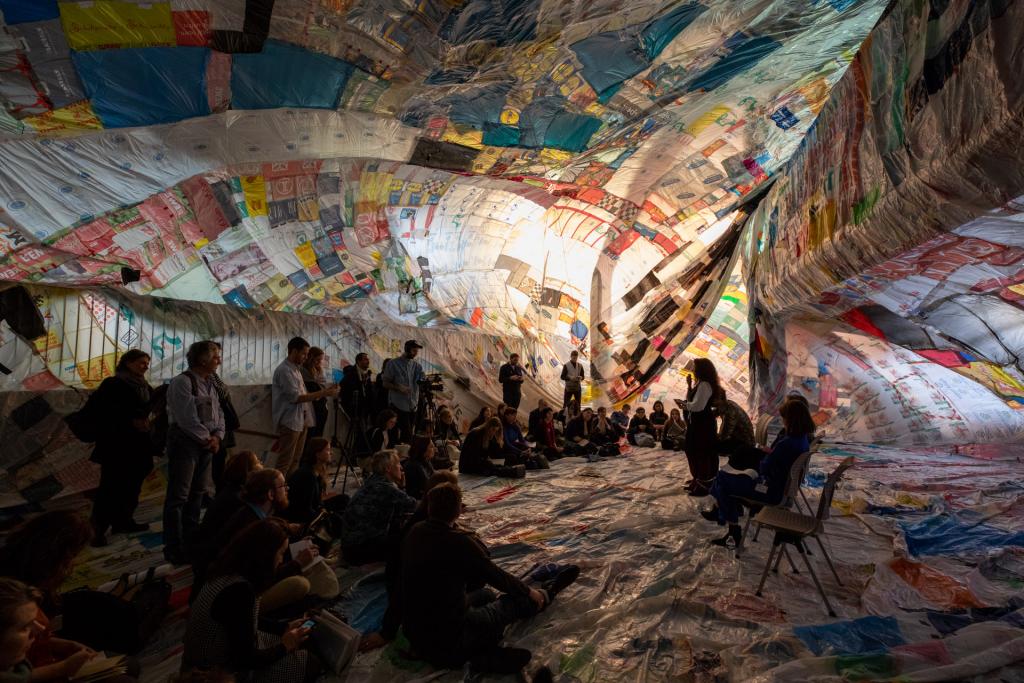
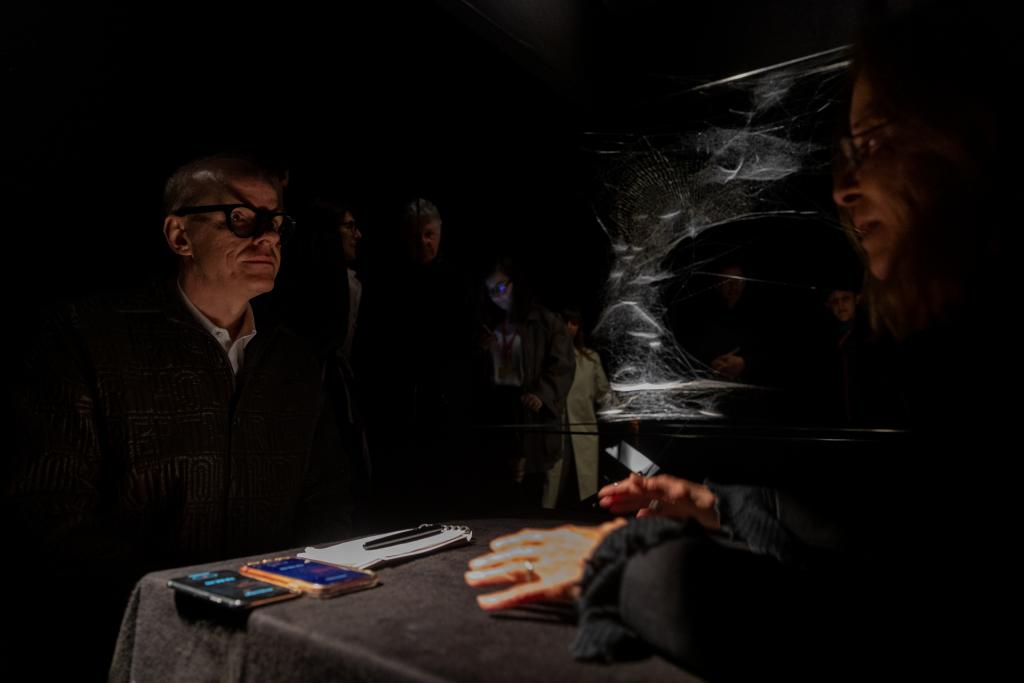
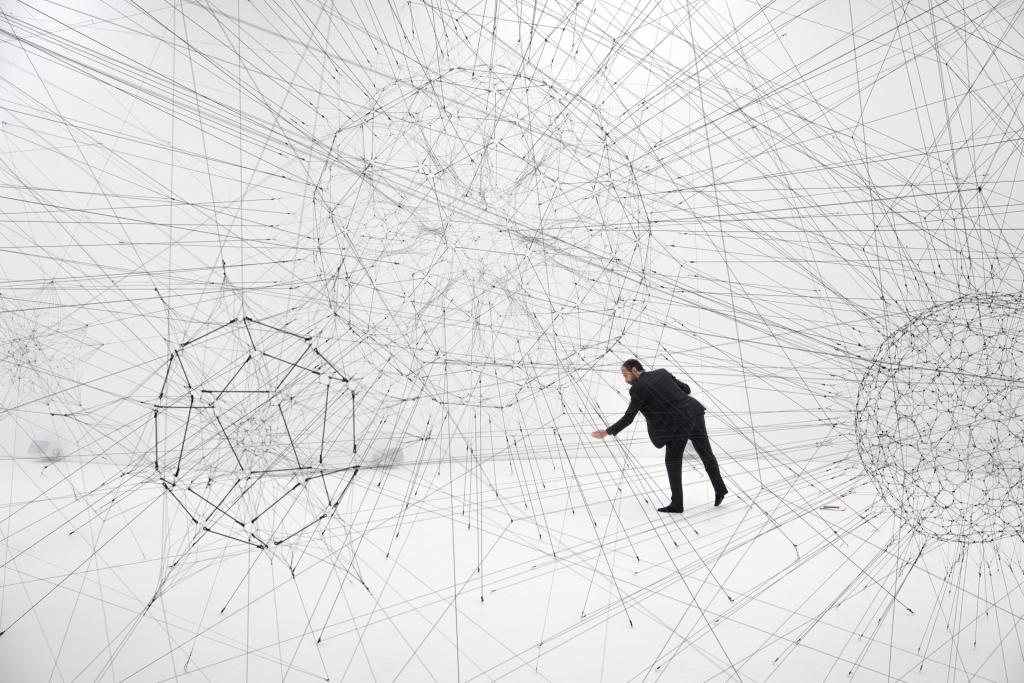


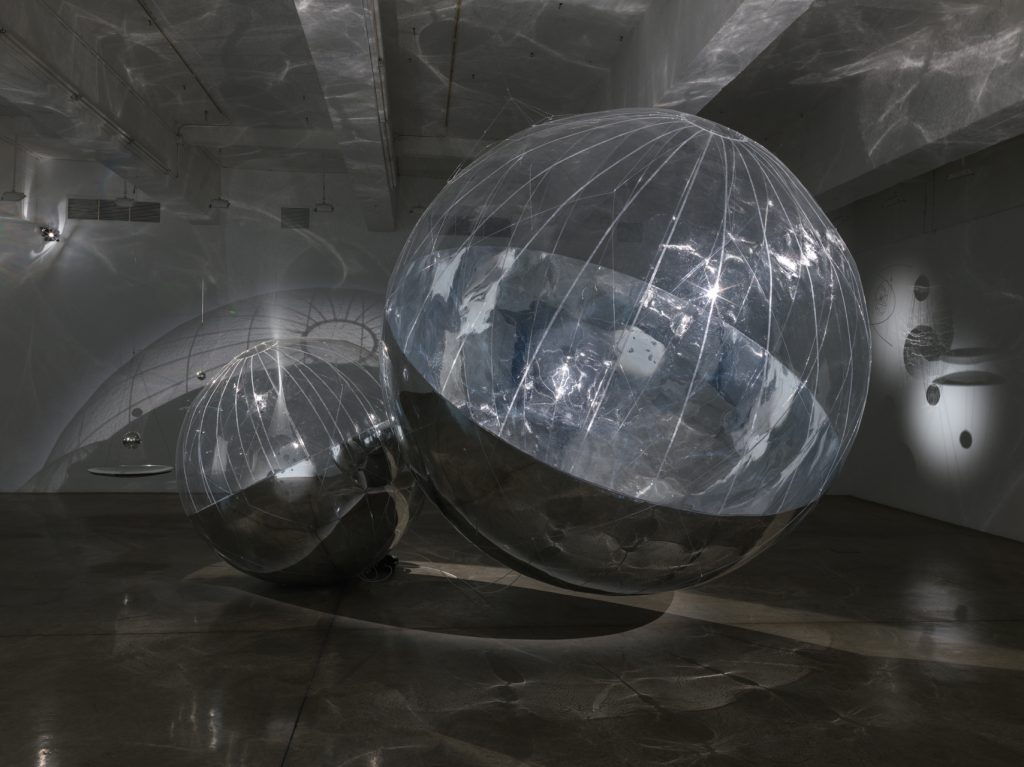
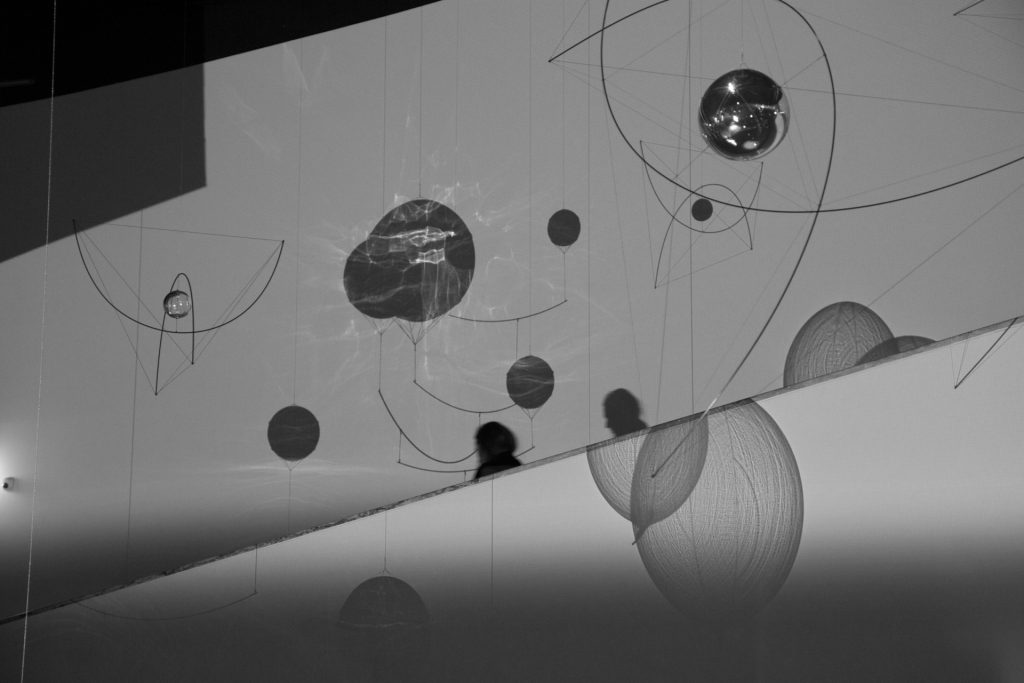
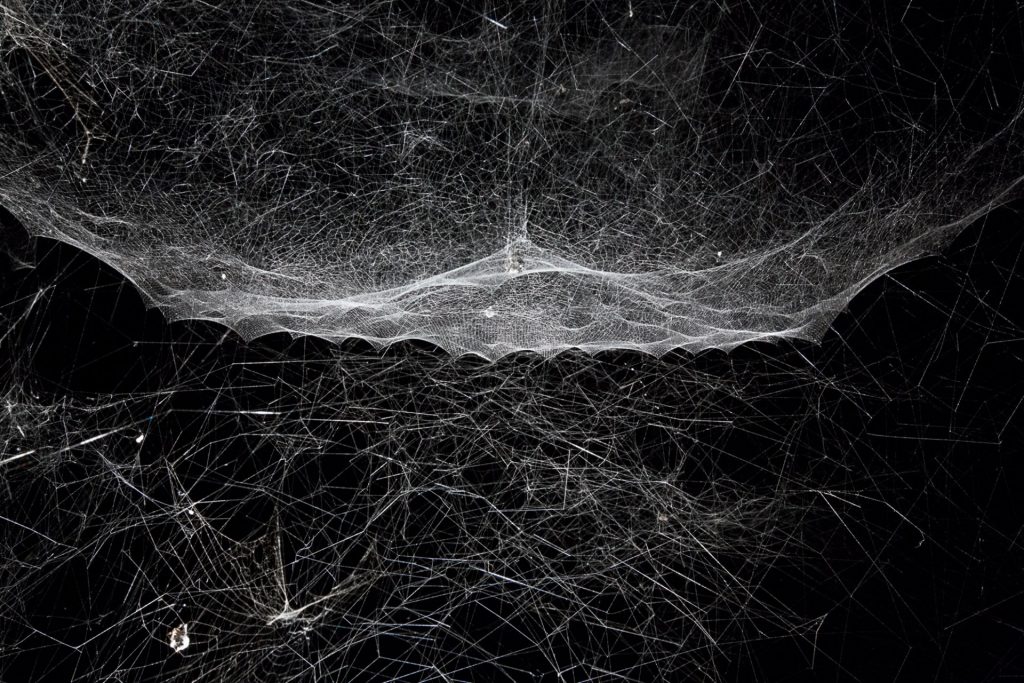
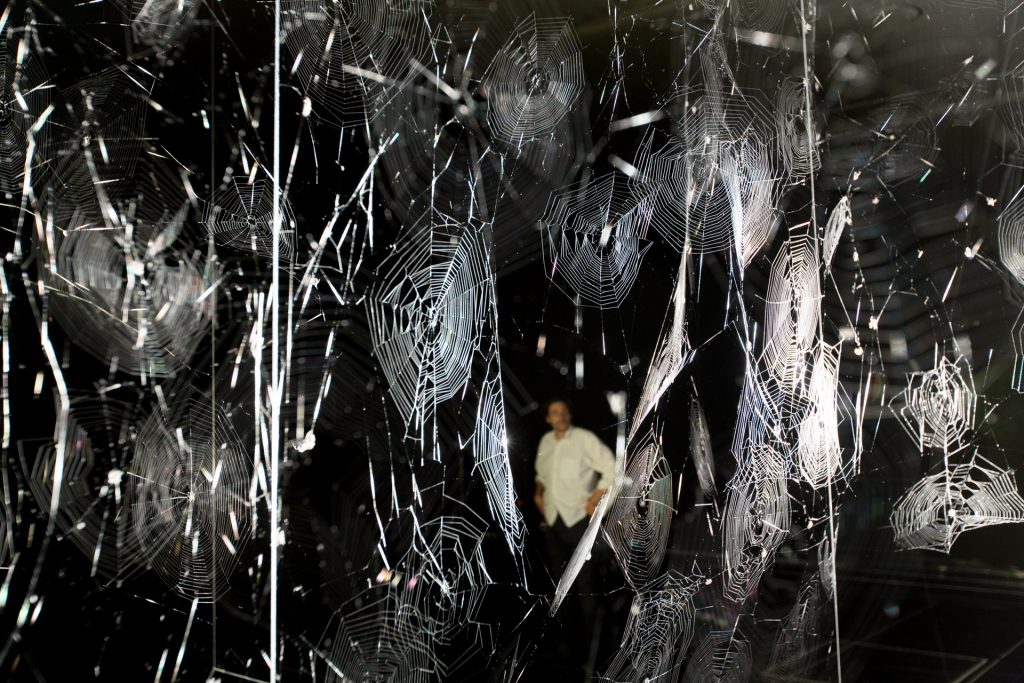
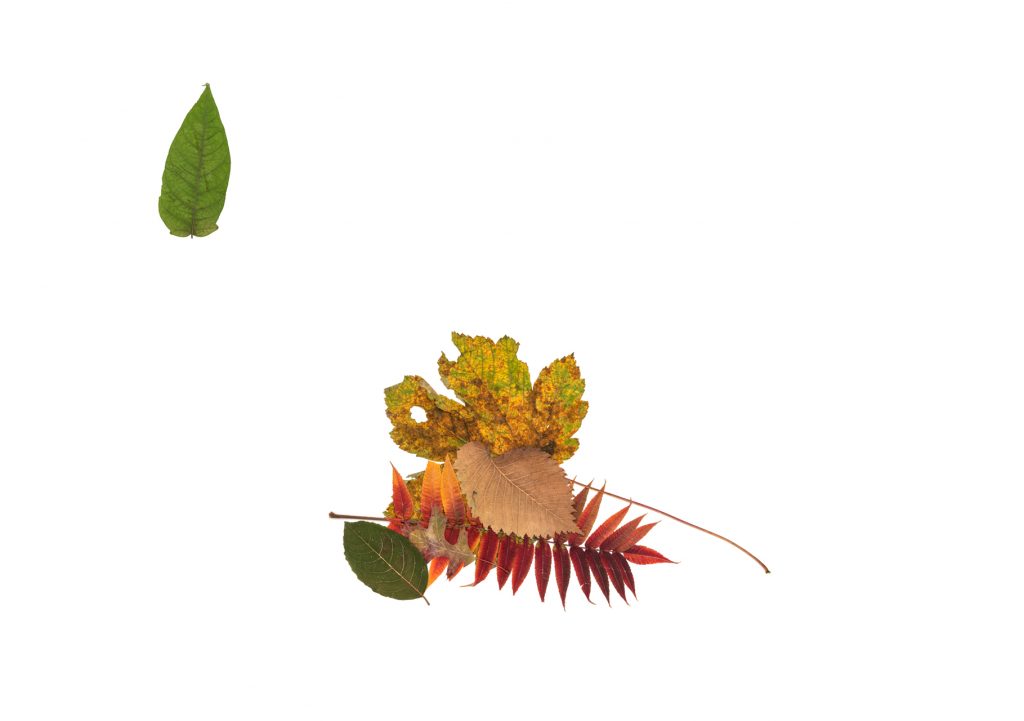
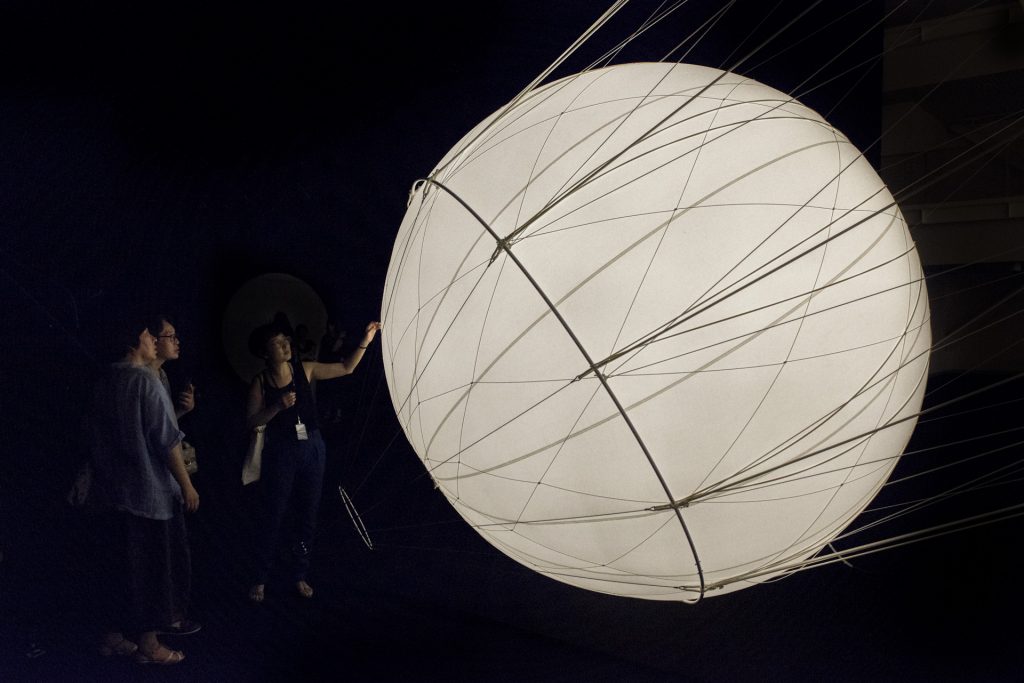
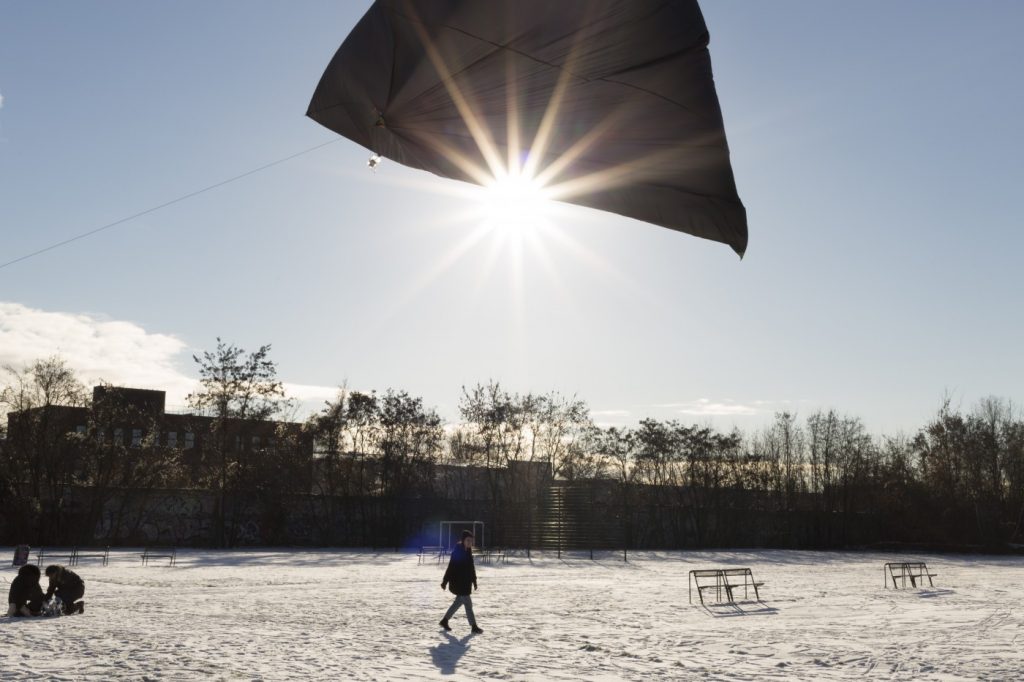
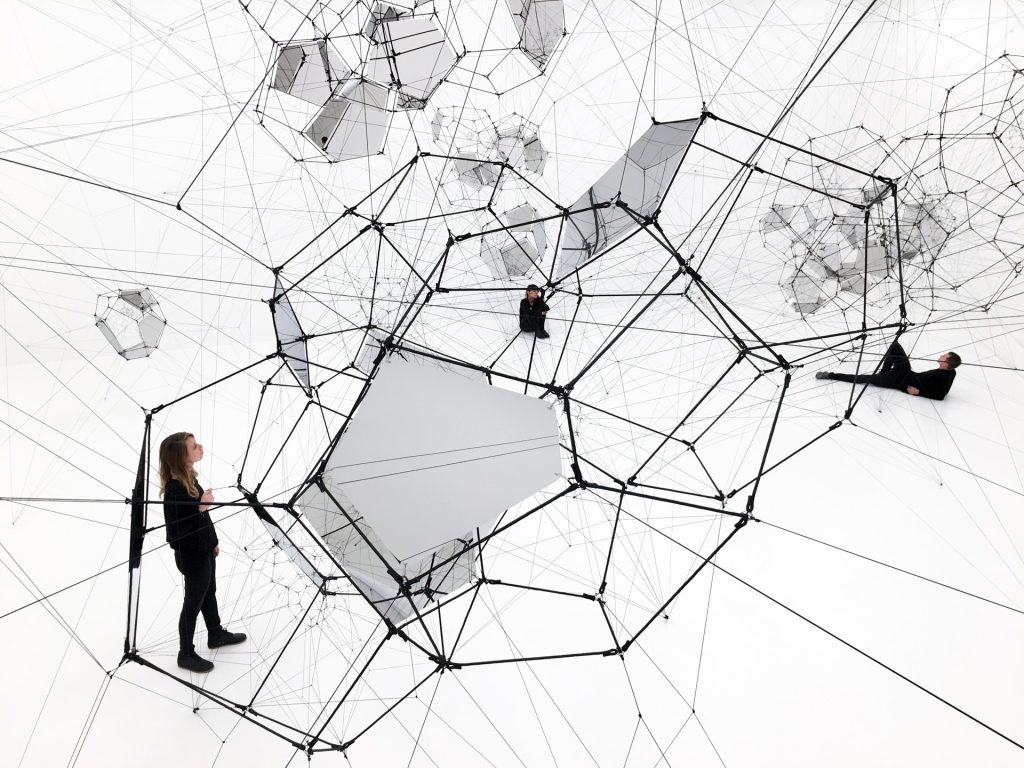

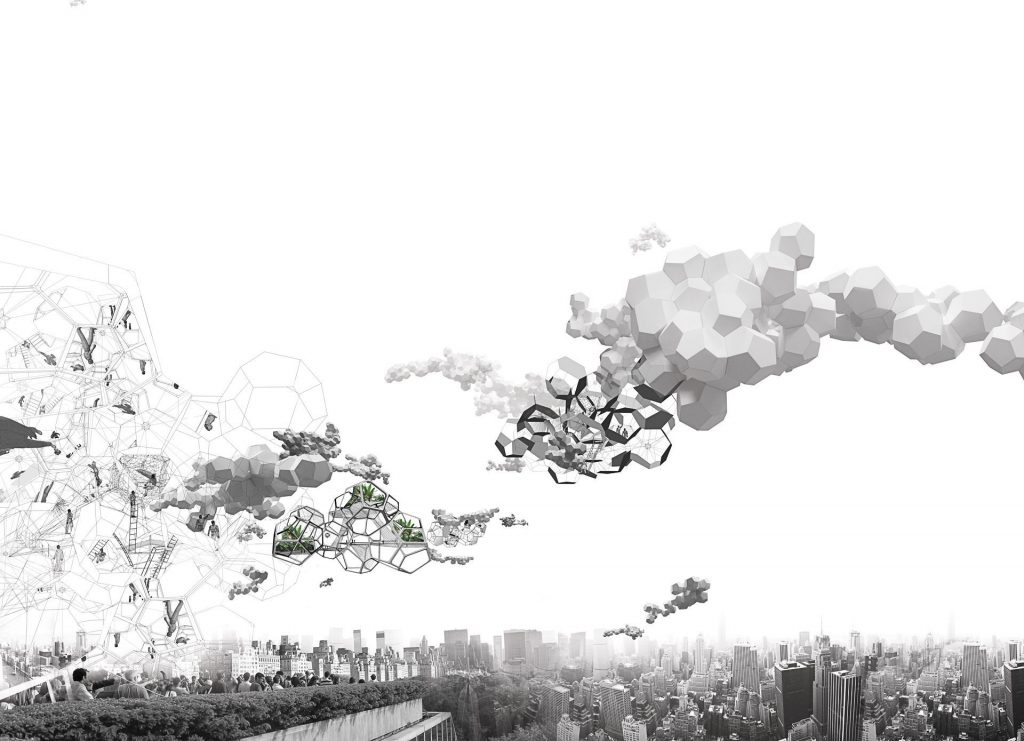
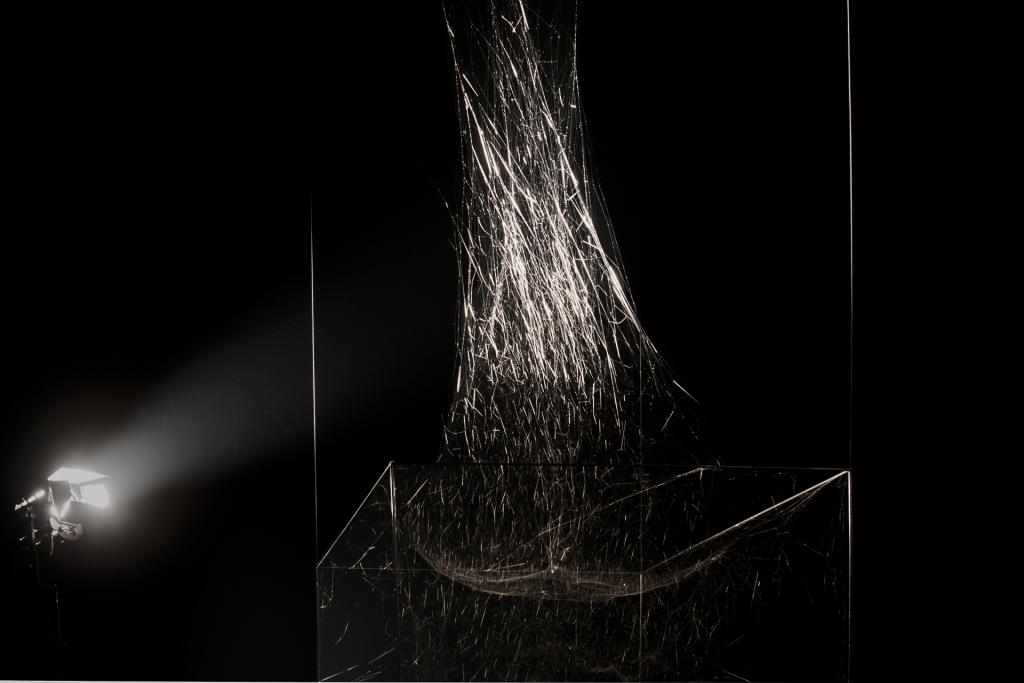
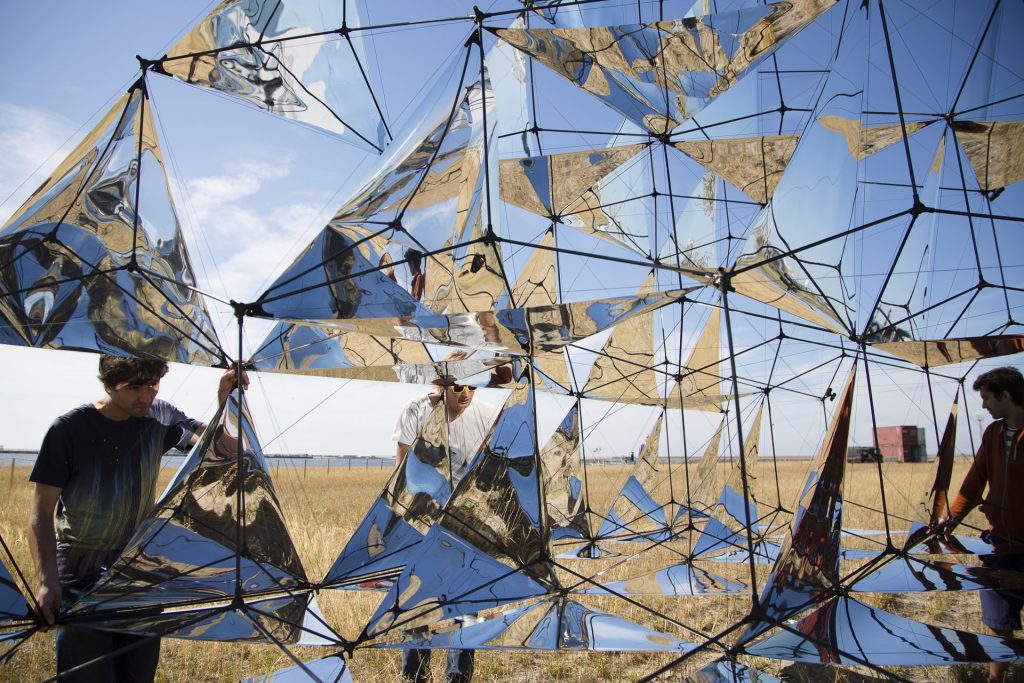
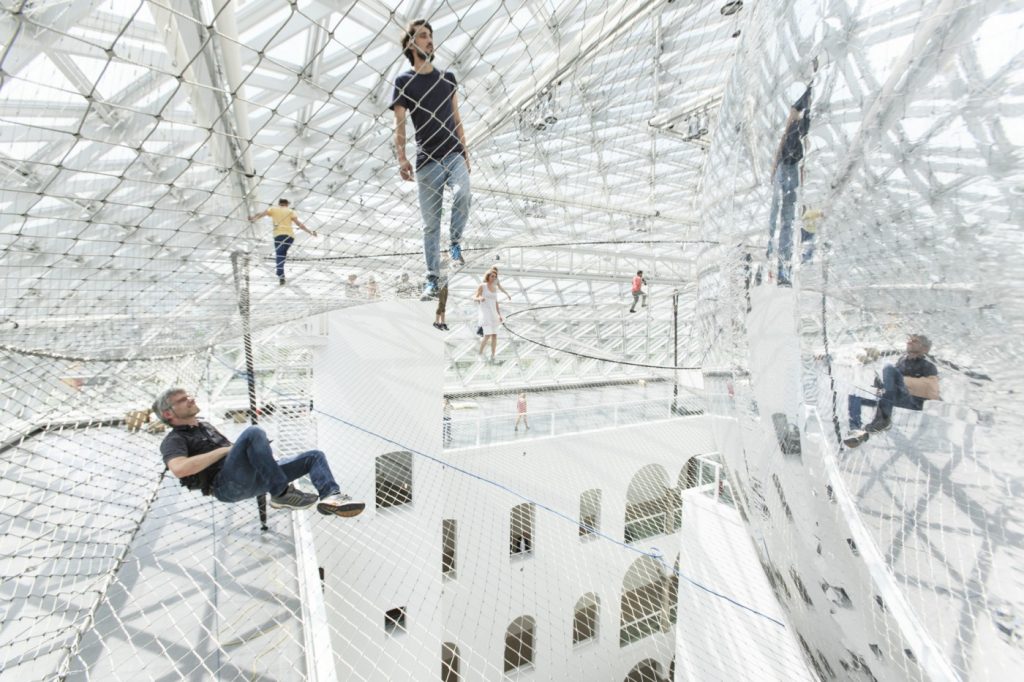
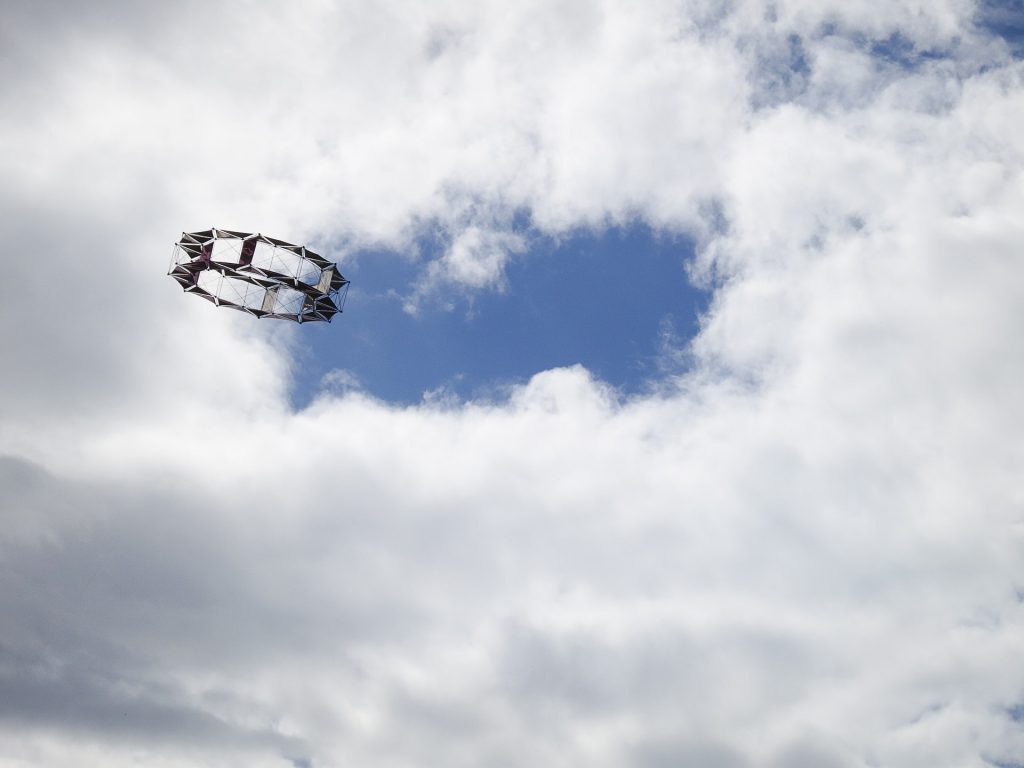
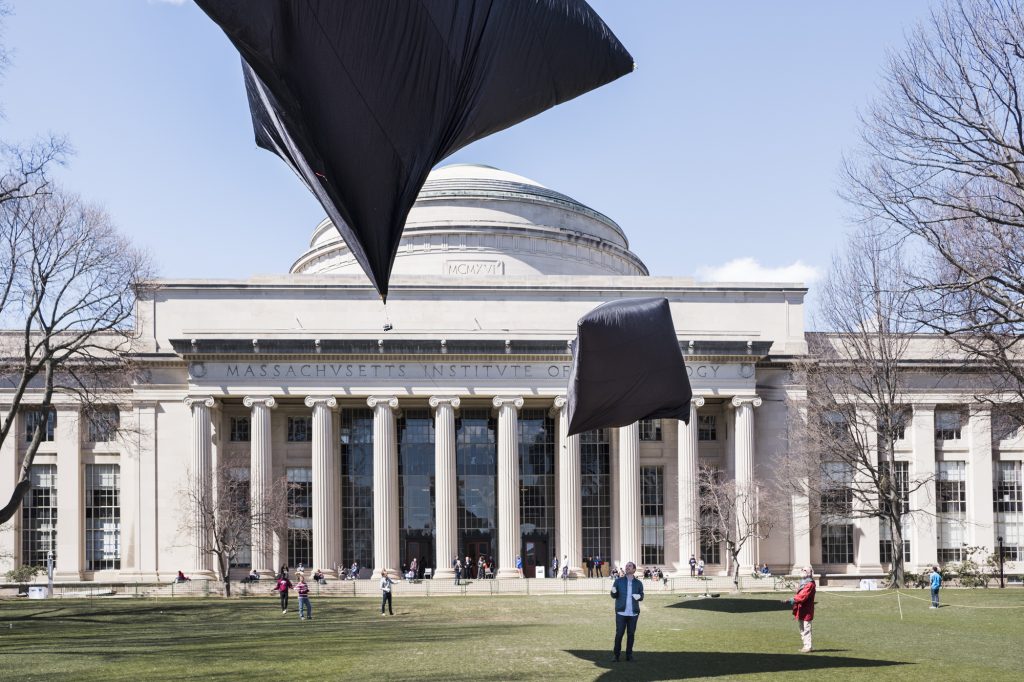
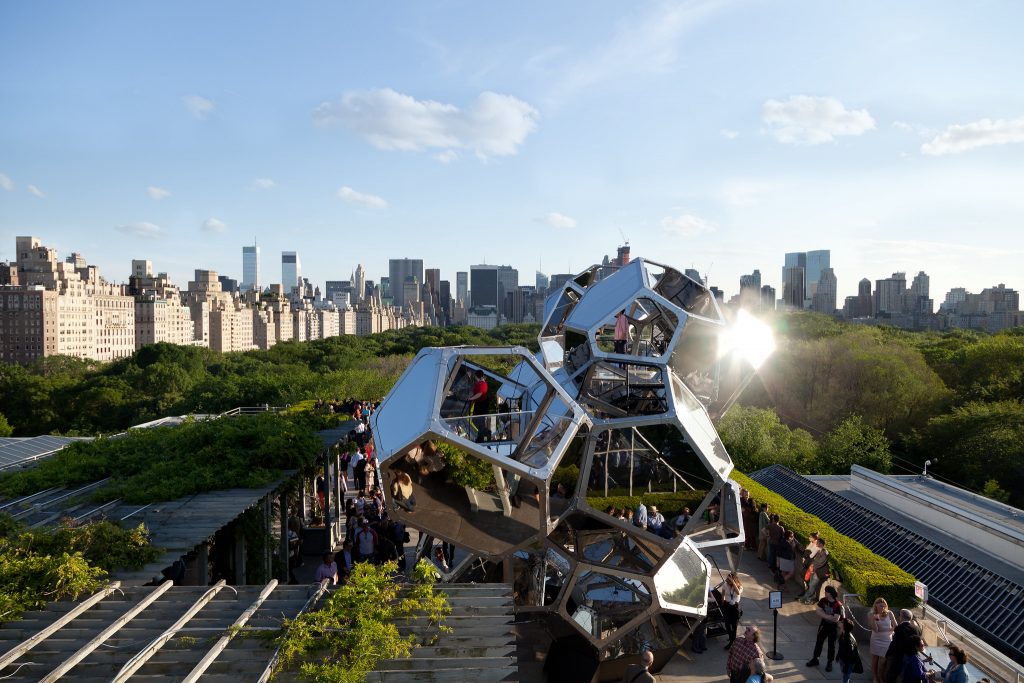
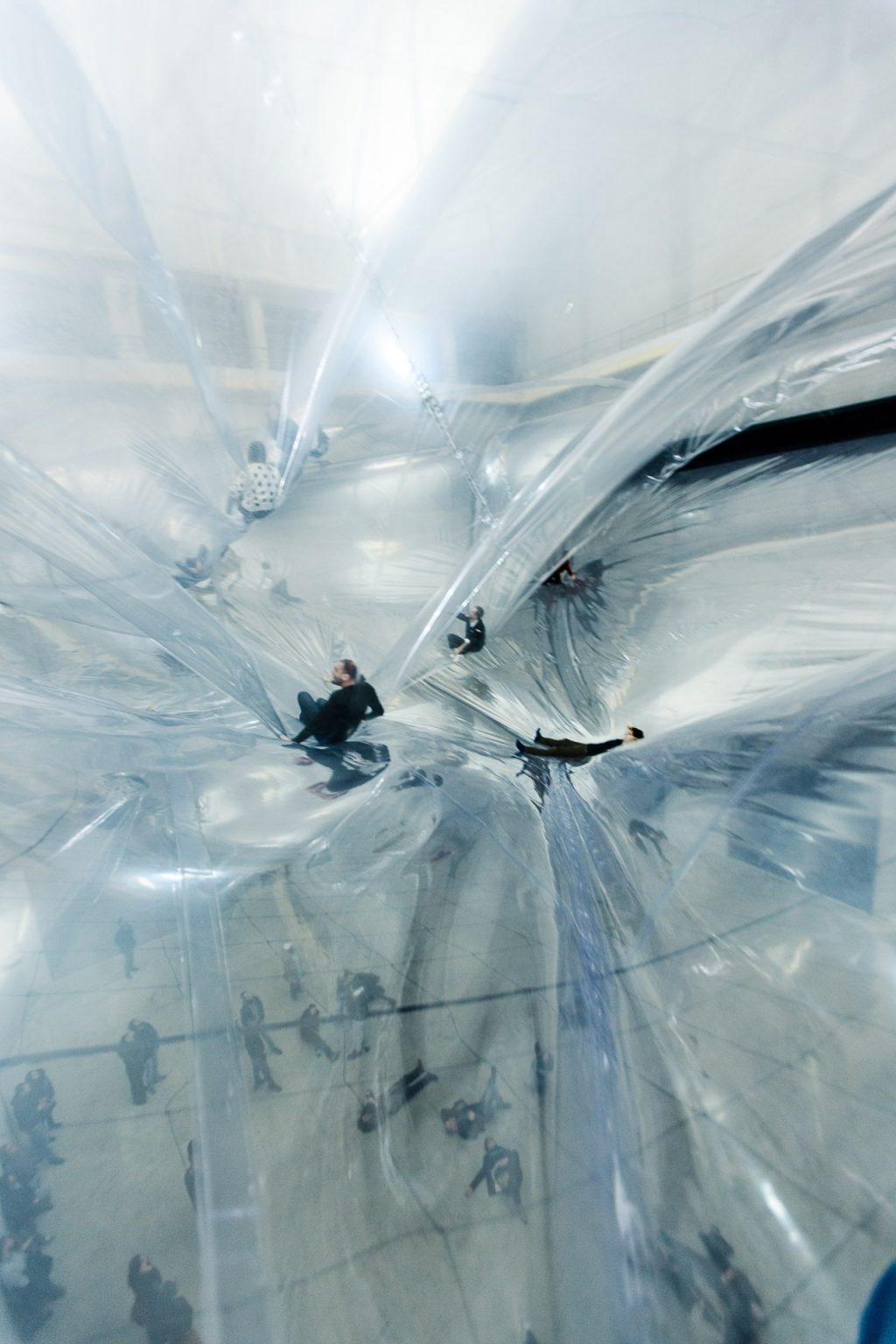
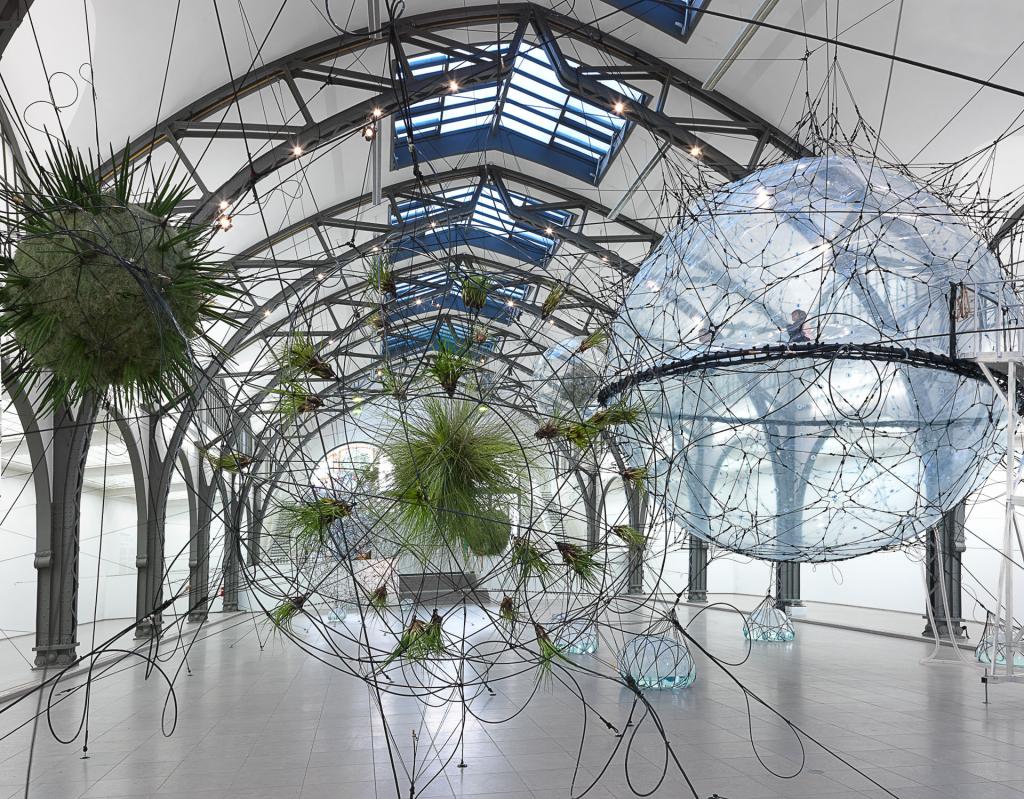
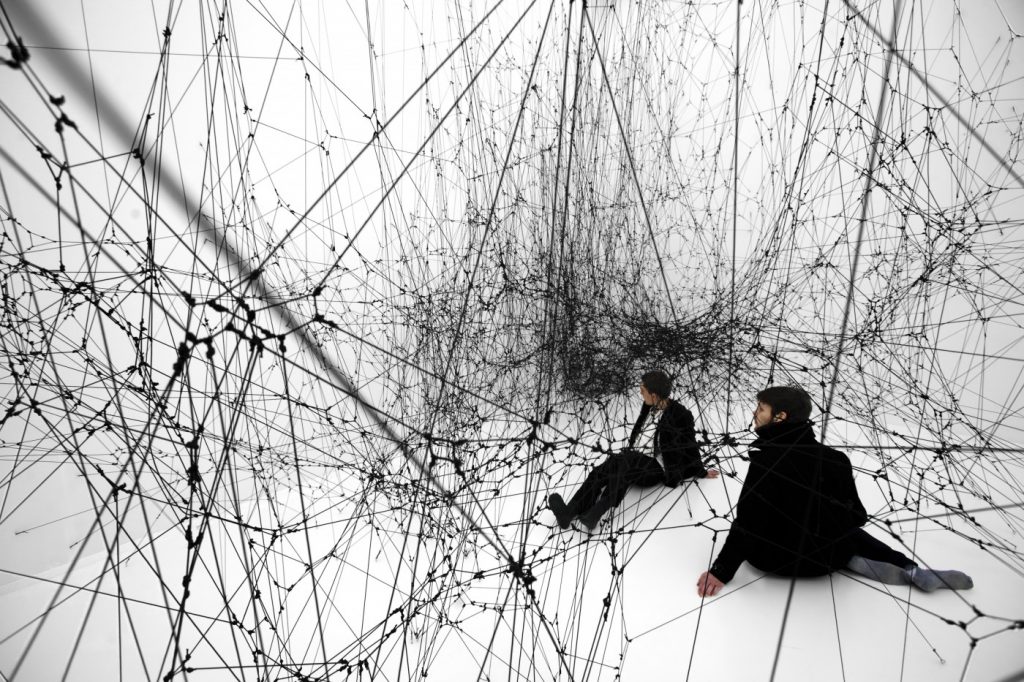

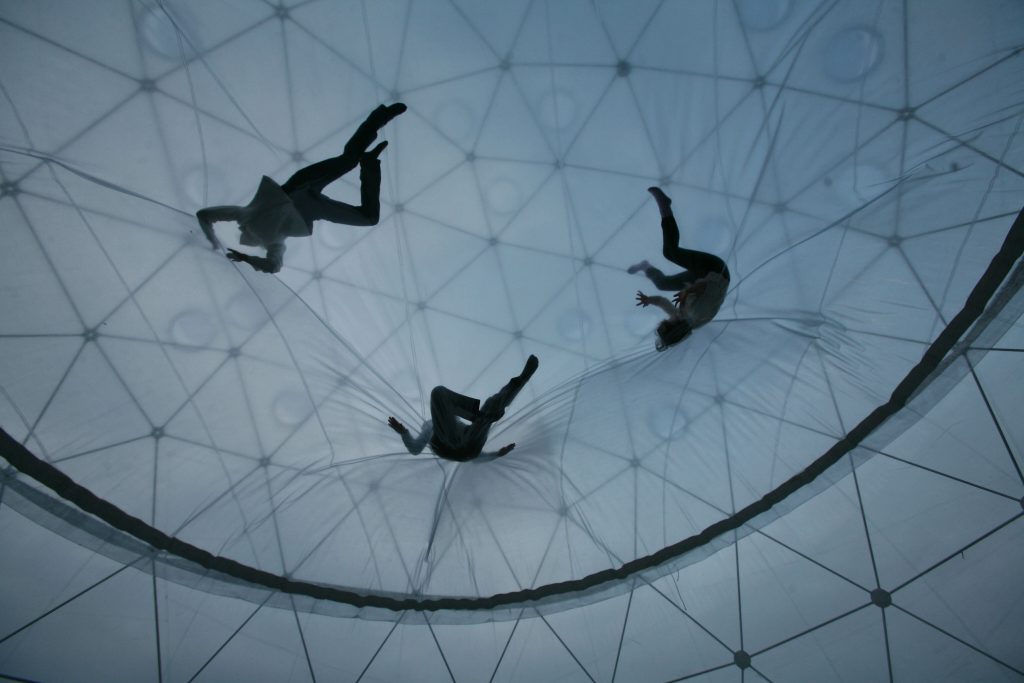
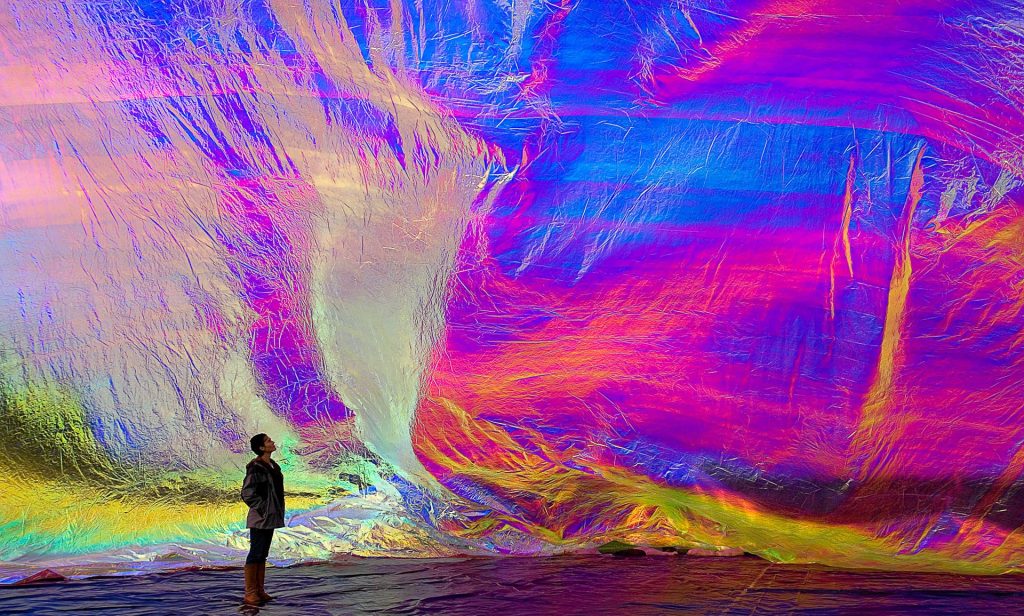
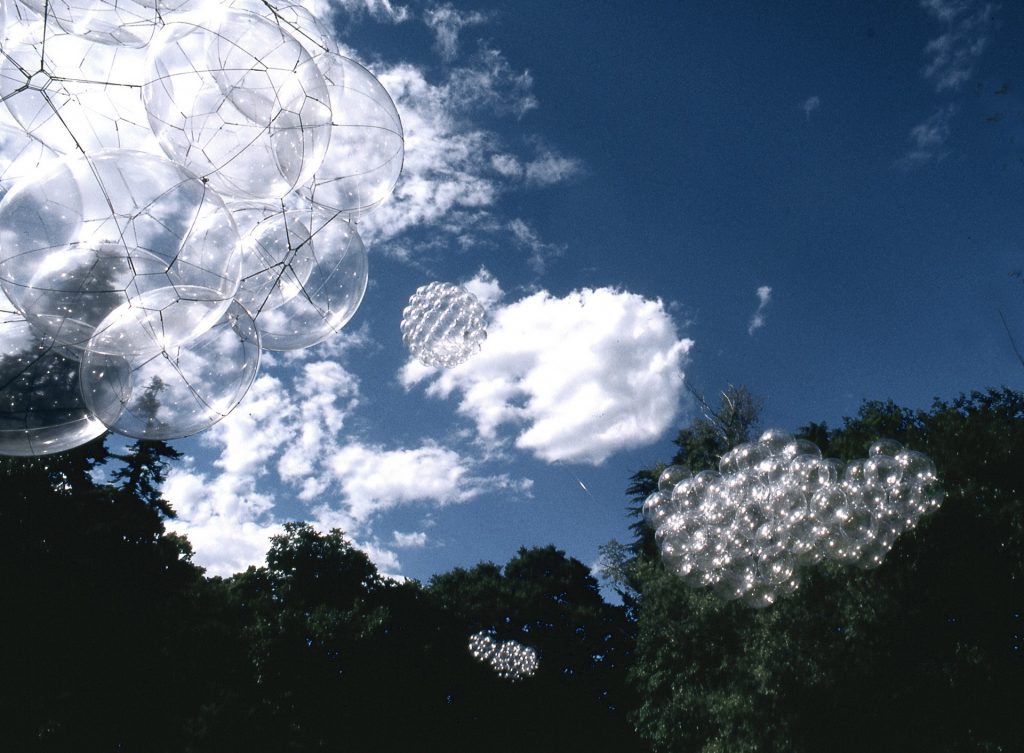
Cloud Cities is an aerial exploration of the entanglement between human beings and their environment in its entirety as a move toward a mental, social and environmental ecology. As a metaphor of the cloud performing as cell flying cities and imaginary floating gardens, the artistic intention stands for the meaning of territory and national, racial and political boundaries in today’s urban society in an attempt to reject them and propose a utopian theory of boundlessness architecture. An opposing dichotomy appears, then, to be a symbiotic relationship: the static isolation of architectural realities adapts itself to the organic movement of the natural biology. One is not enough, Tomás Saraceno incentive to break down the barriers between the two disciplines to give a physical reality to the concept of urban ecology.
Featuring approximately 20 models in various heights, this collection of geometric, inflated shapes suspended in the air challenges the notions of place, space and future and thus, disregarding the normal restrictions of gravity in favor of translucent weightlessness and an attempt to reach into outer space. As an alternative to the heavily constructed urban landscape, the giant balloon-like objects refer to pseudo-micro biospheres, where some of them perform as spaces containing life and others sitting and floating like soap bubbles accessible to the public offering living space. By entering them, one experiences the interaction with each of these spheres and space. The others, either dotted with succulents or lined with symmetrical string patterning draw inspiration from the incredible strength and flexibility of spider webs.
Here the chord between the spheres themselves and the interaction between the viewer and the collection is a crucial aspect of the installation.
The spheres “act as an analogy for the wider way in which society’s networks function; if one sphere wobbles, it reverberates through the others in a ripple of stress that mimics the way we react as social groups”. [1]
“The idea when somebody moves always embodies the physical possibility that one might be affected by it. There is coordination between people with the environment where they are standing. It is a kind of dialogue between people, space and objects. The unstable position and relationship that you establish with the environment might be transmitted to someone else”. [2]
In this enabling architectonic living space in direct reference to Buckminster Fuller’s project, the viewer plays a part in his impact on a particular space and its environment, as he reaches up to the sky and down to the ground, fulfilling a dream by all humankind. These cloud city-pods and spider web-like gardens arising from communal ground aid the viewer to re-orientate his physical representation of environmental influence. Our perception of space is no longer rigid, but extents itself indefinitely to the social ecology which already exists around us.
[1] Belmondo
[2] Tomás Saraceno
“Perhaps I decided to learn to fly because I can’t swim. I have been repeating this exercise for the past three years. It’s entirely possible that I will never reach my goal. But if I can convince my sons to continue this exercise, and my sons’ sons as well, then one day, perhaps, one of my descendants will discover that he knows how to fly.”
Gino de Dominicis, 1970

© Jens Ziehe photography
...